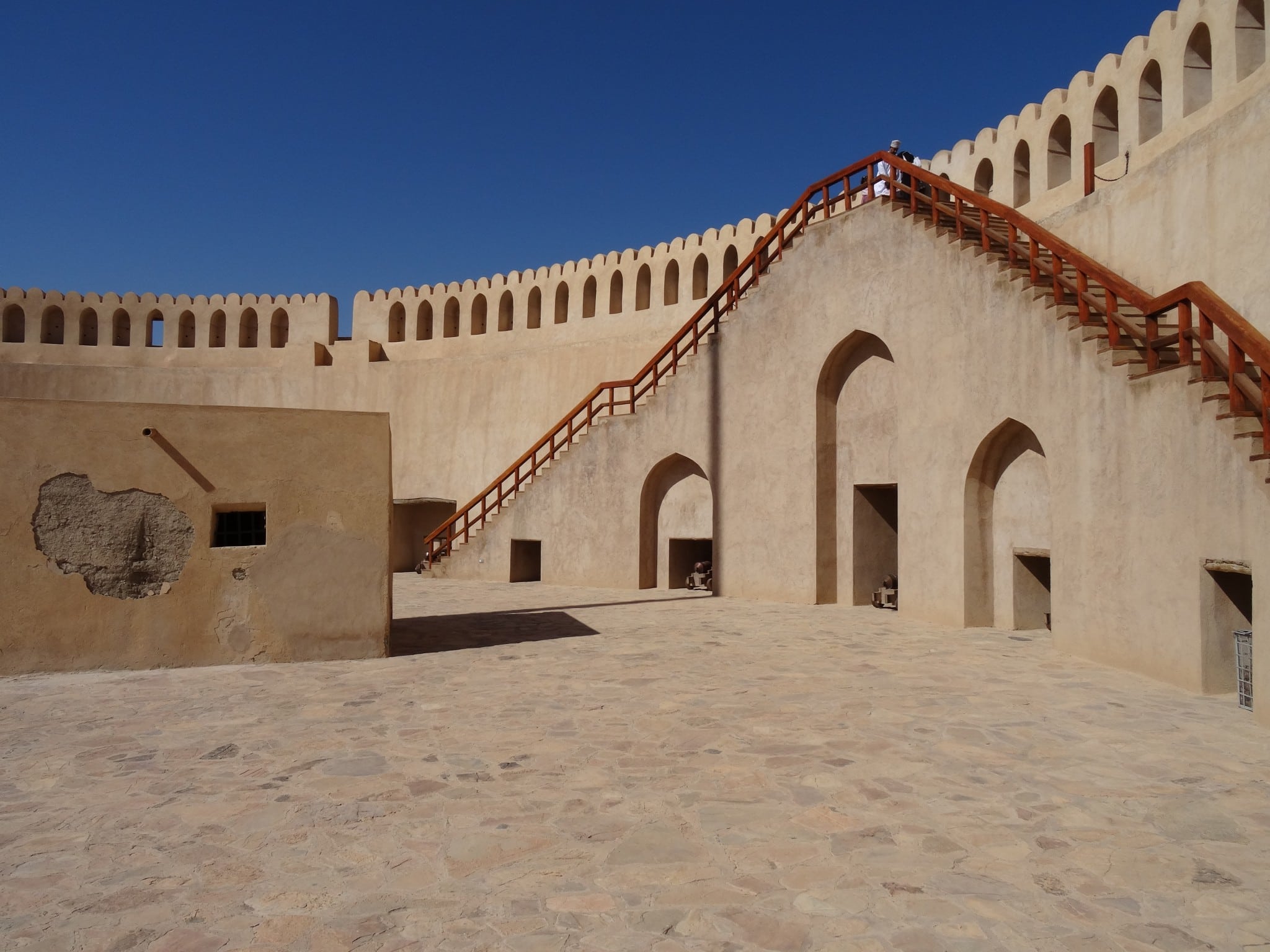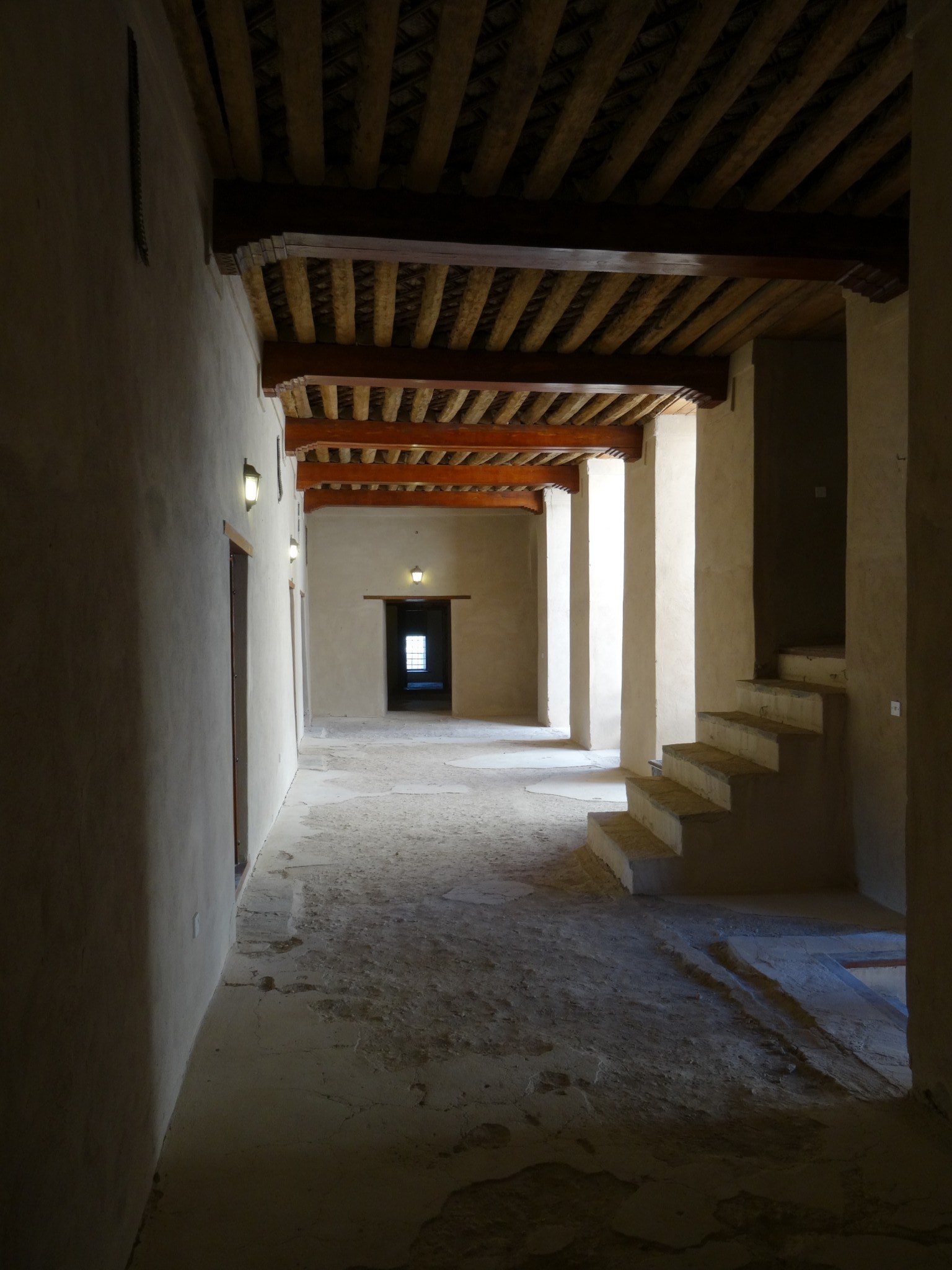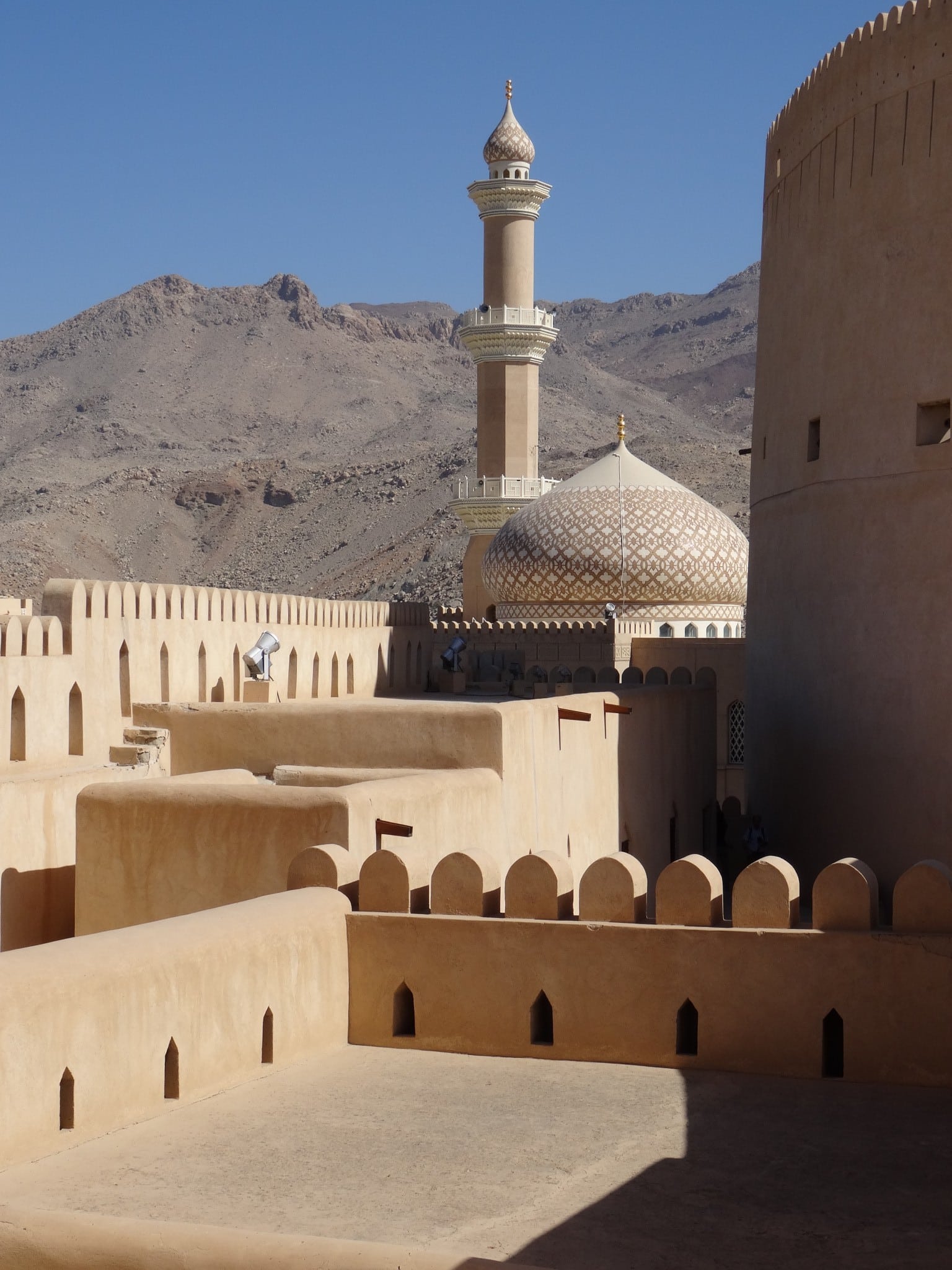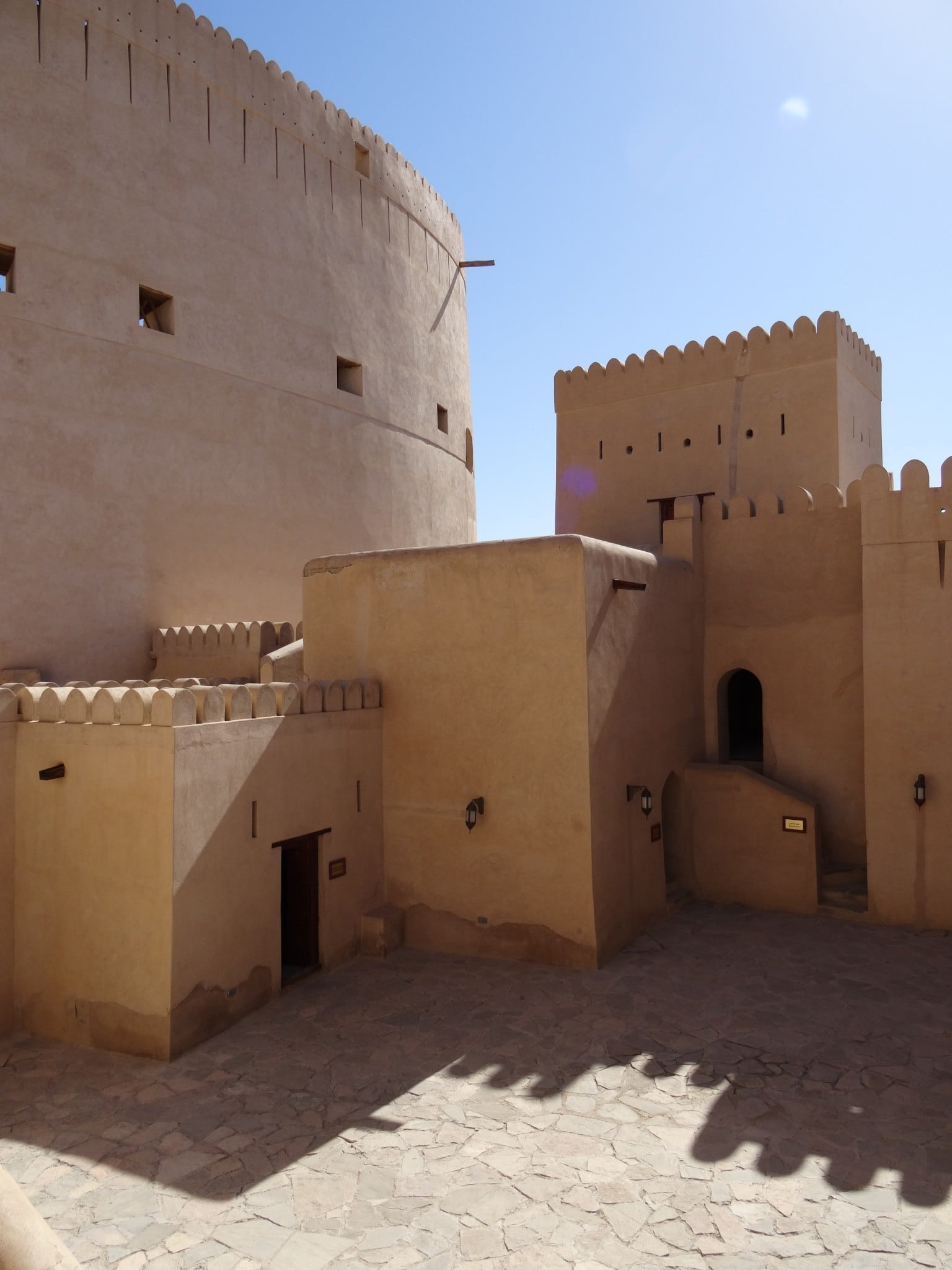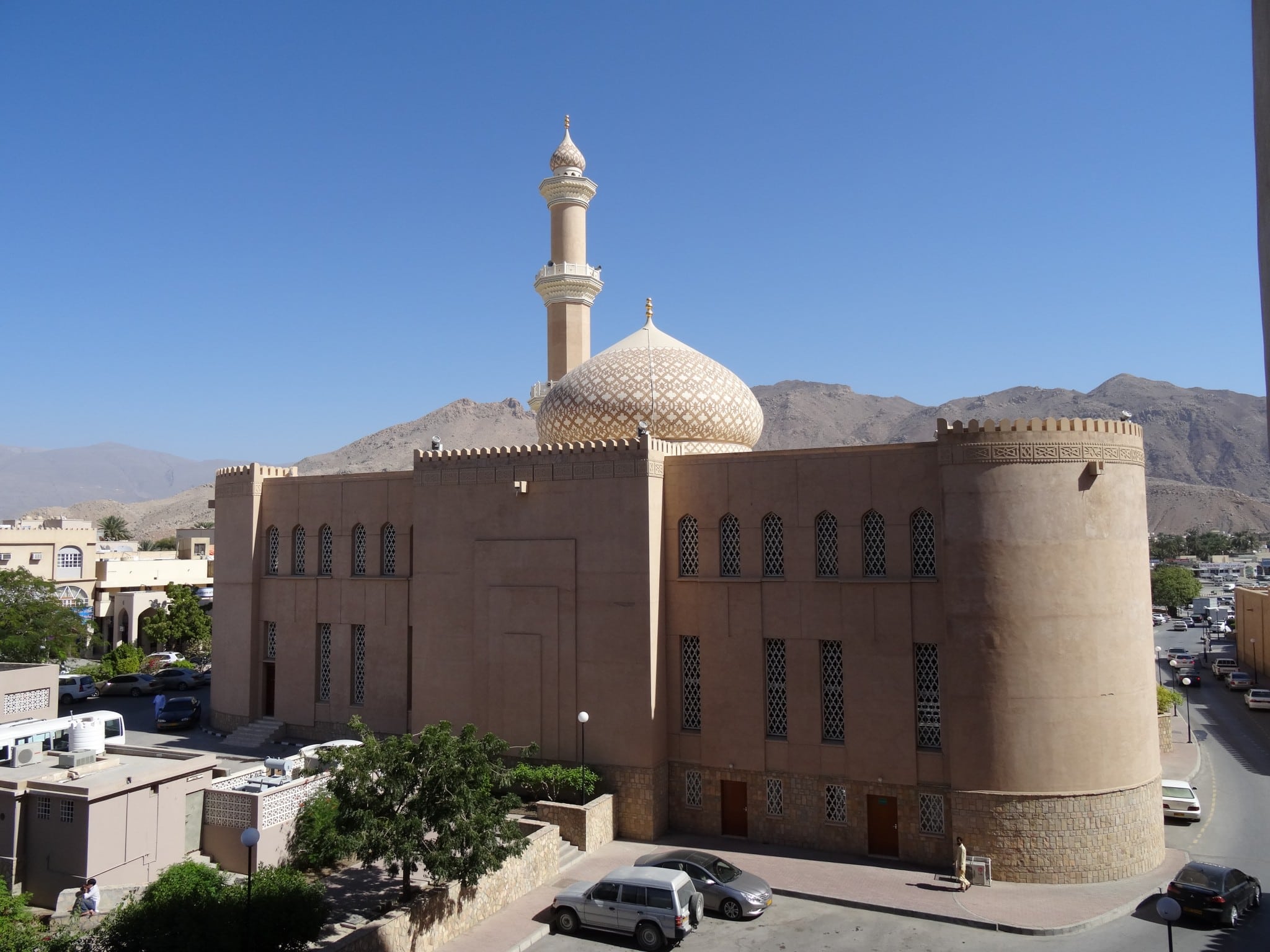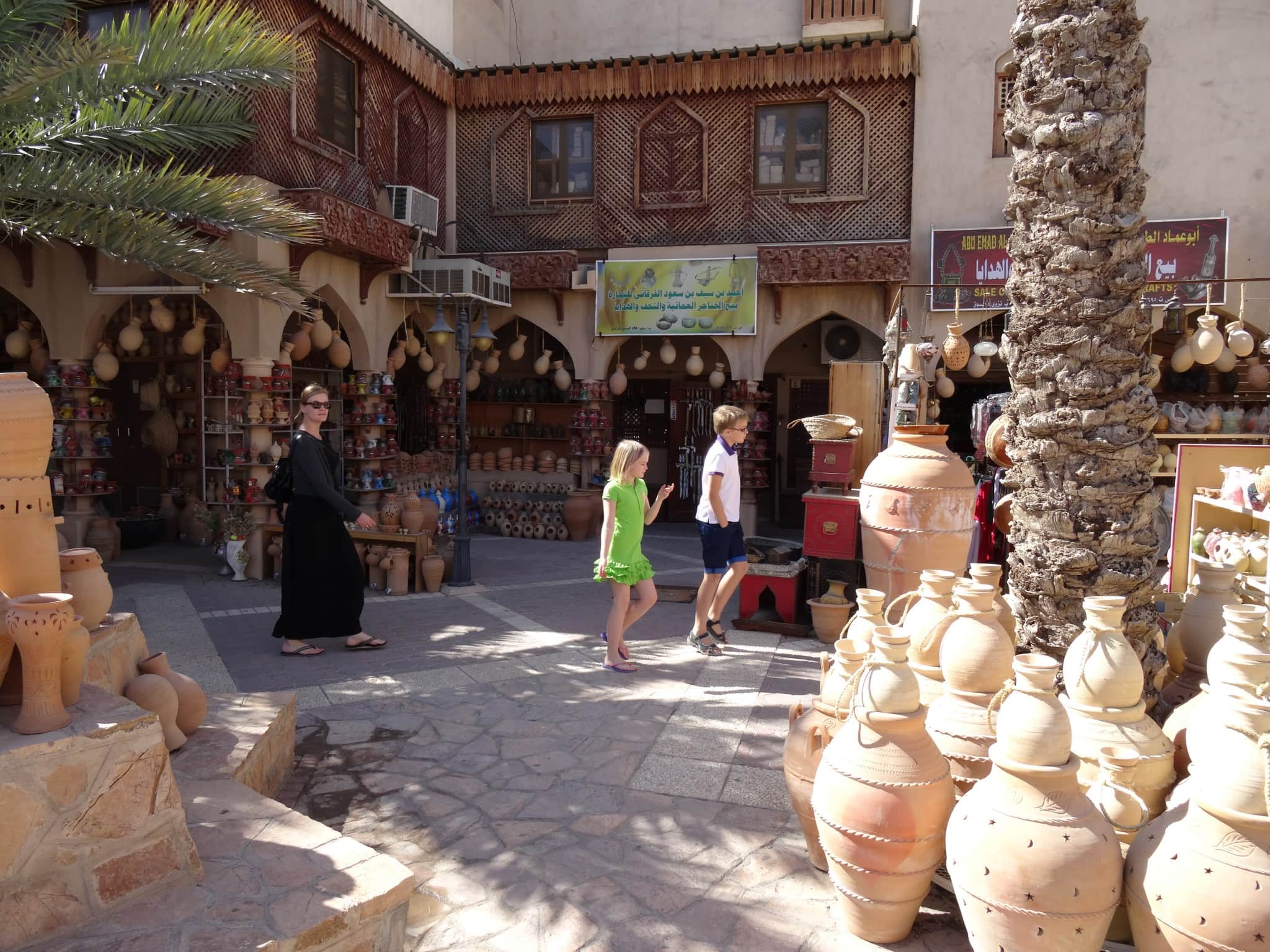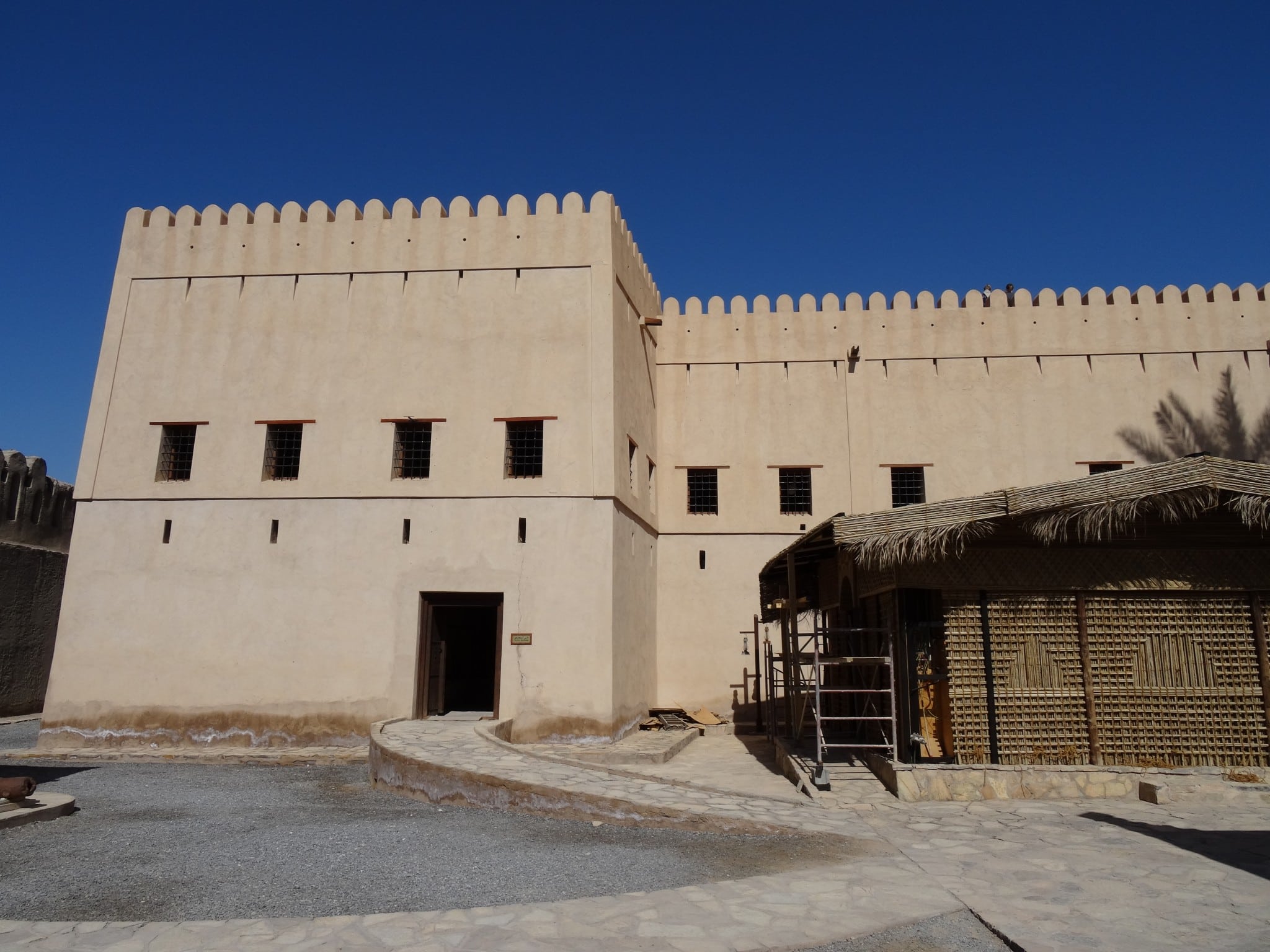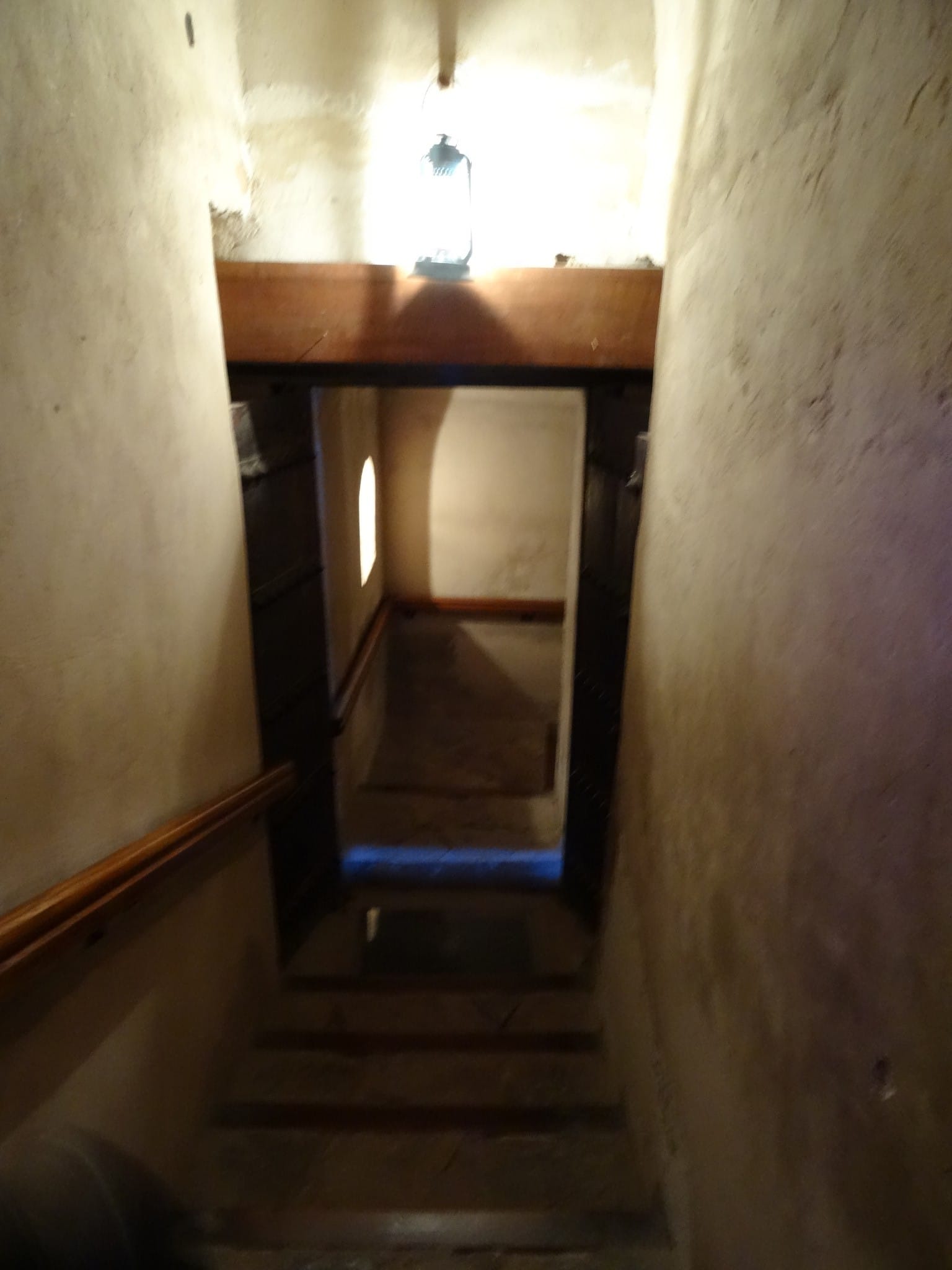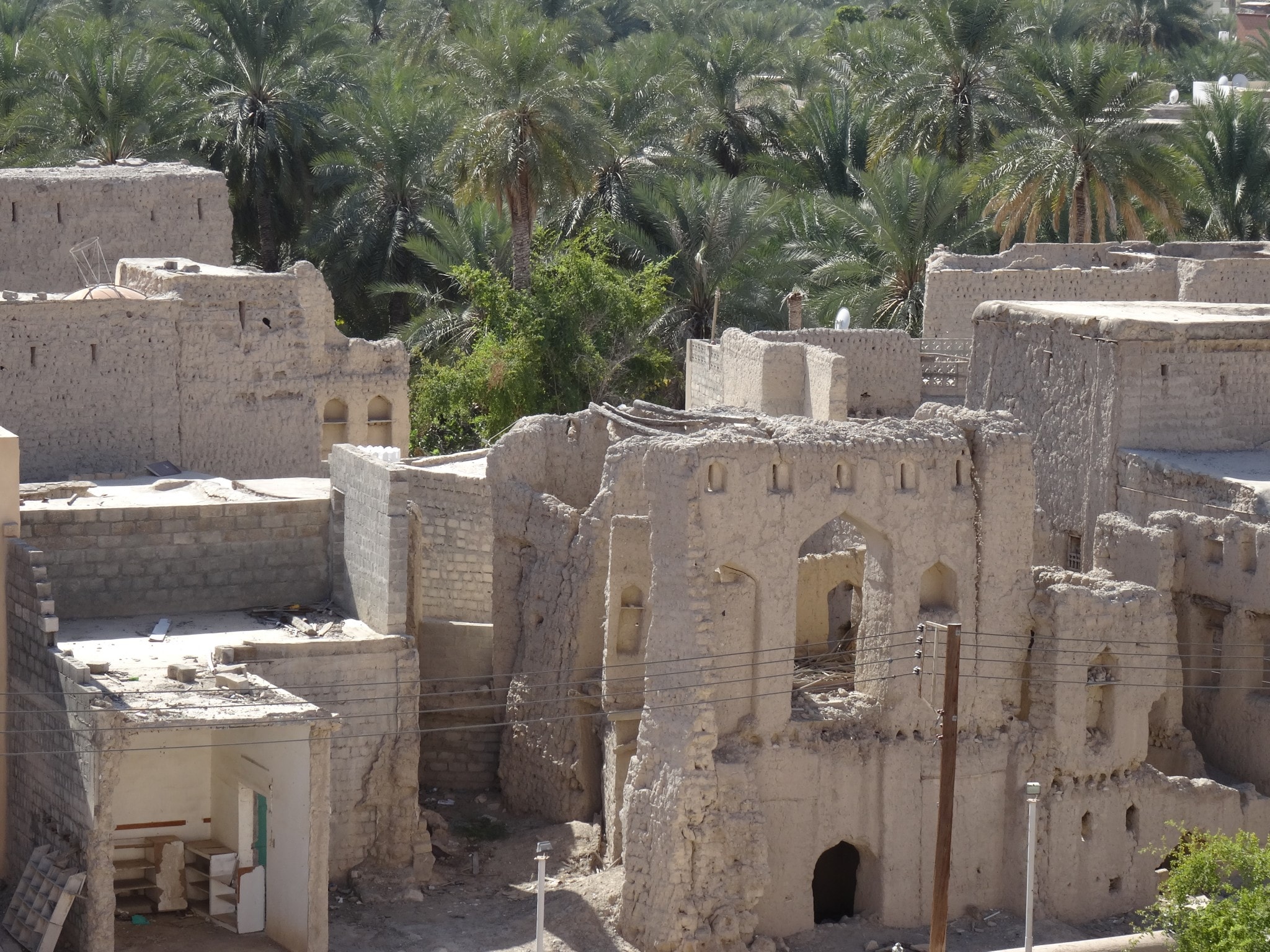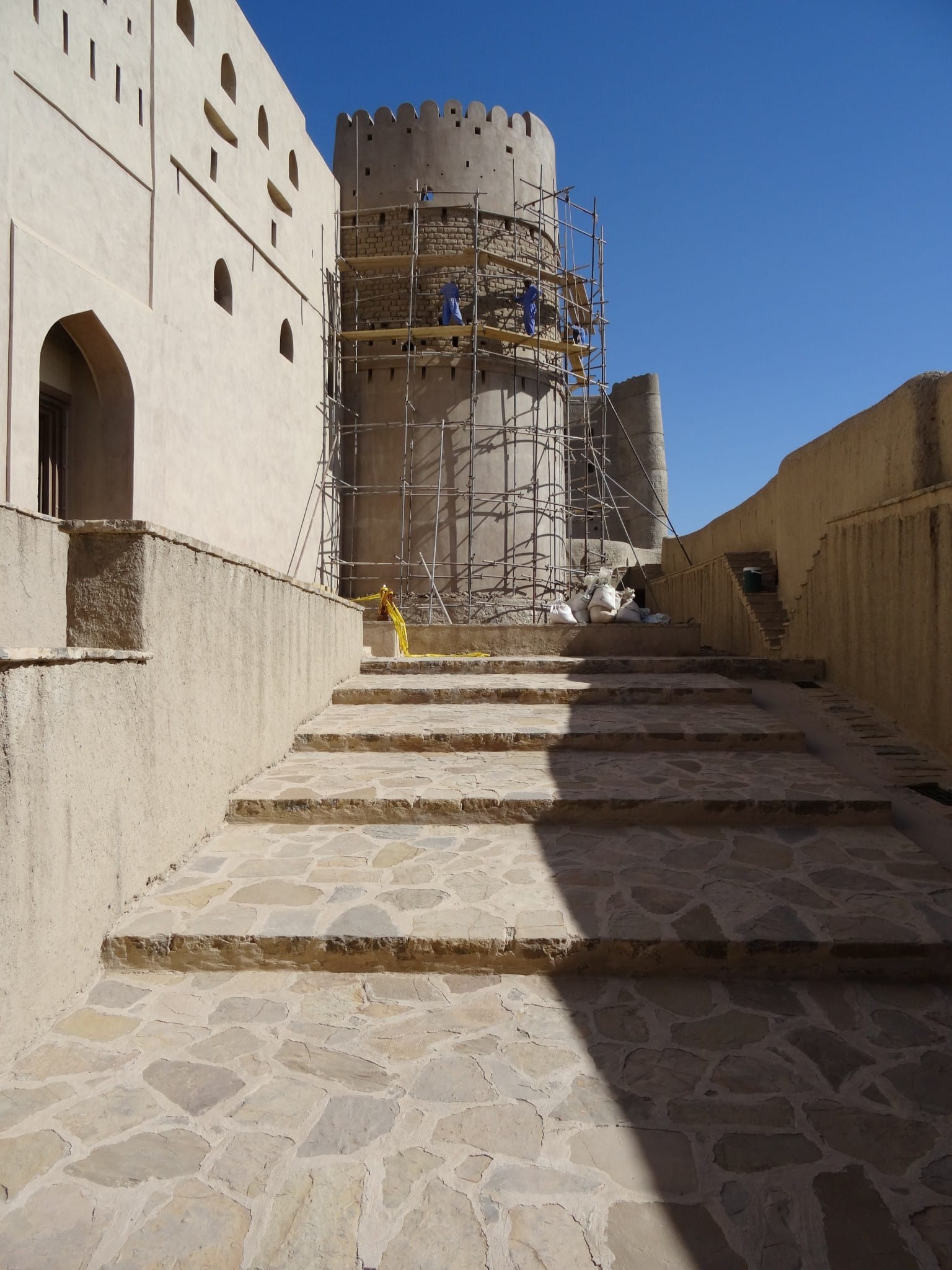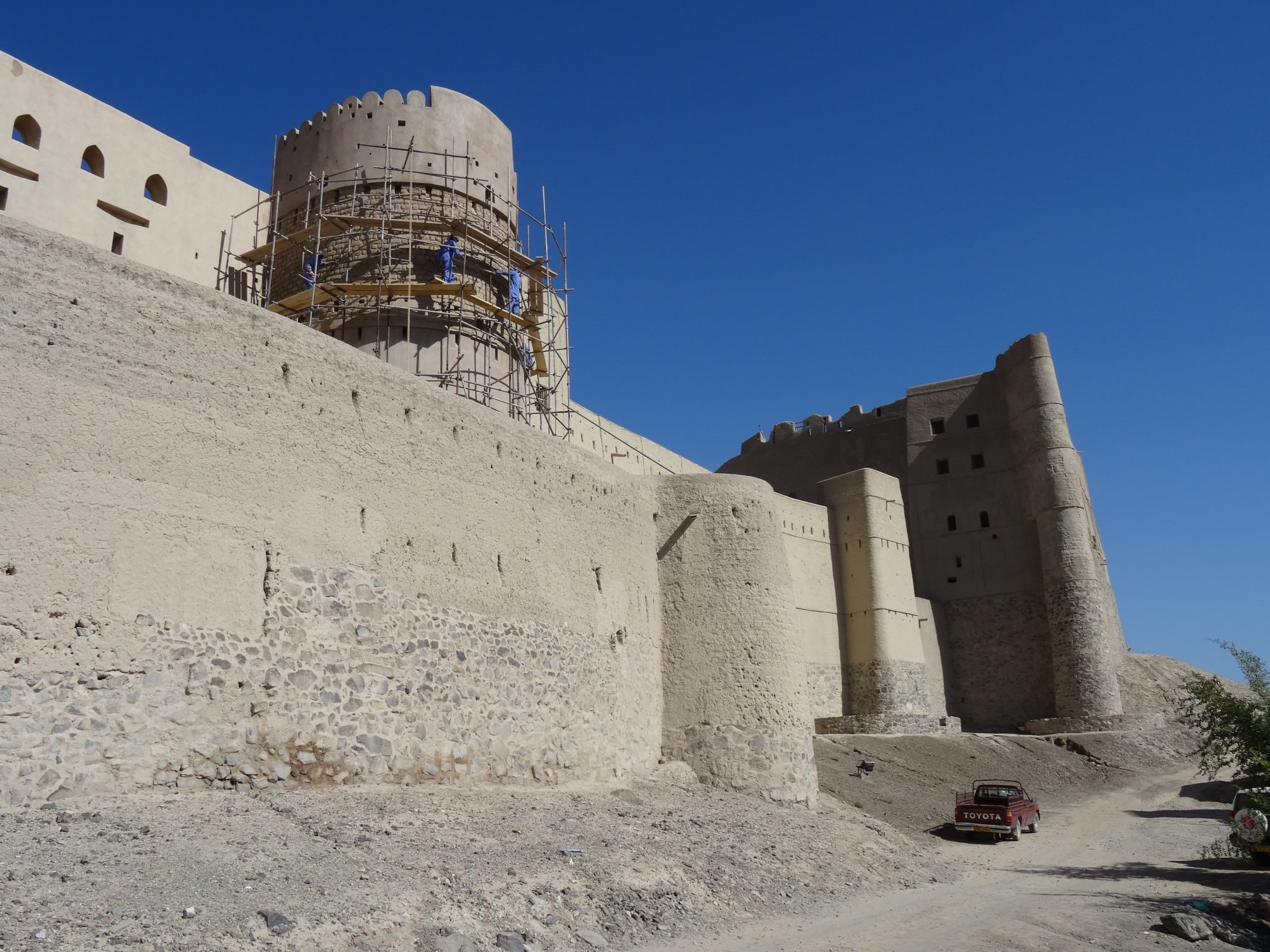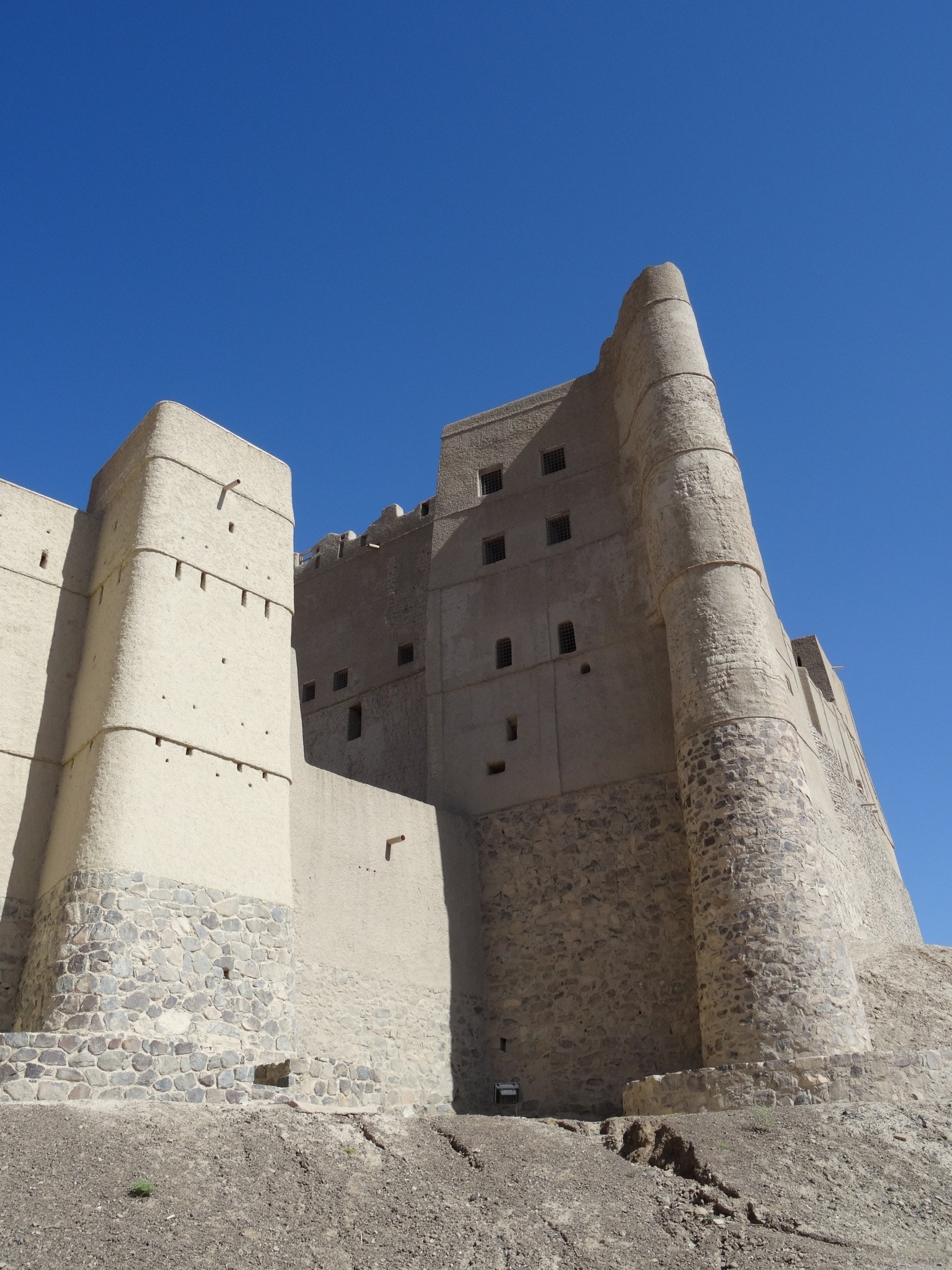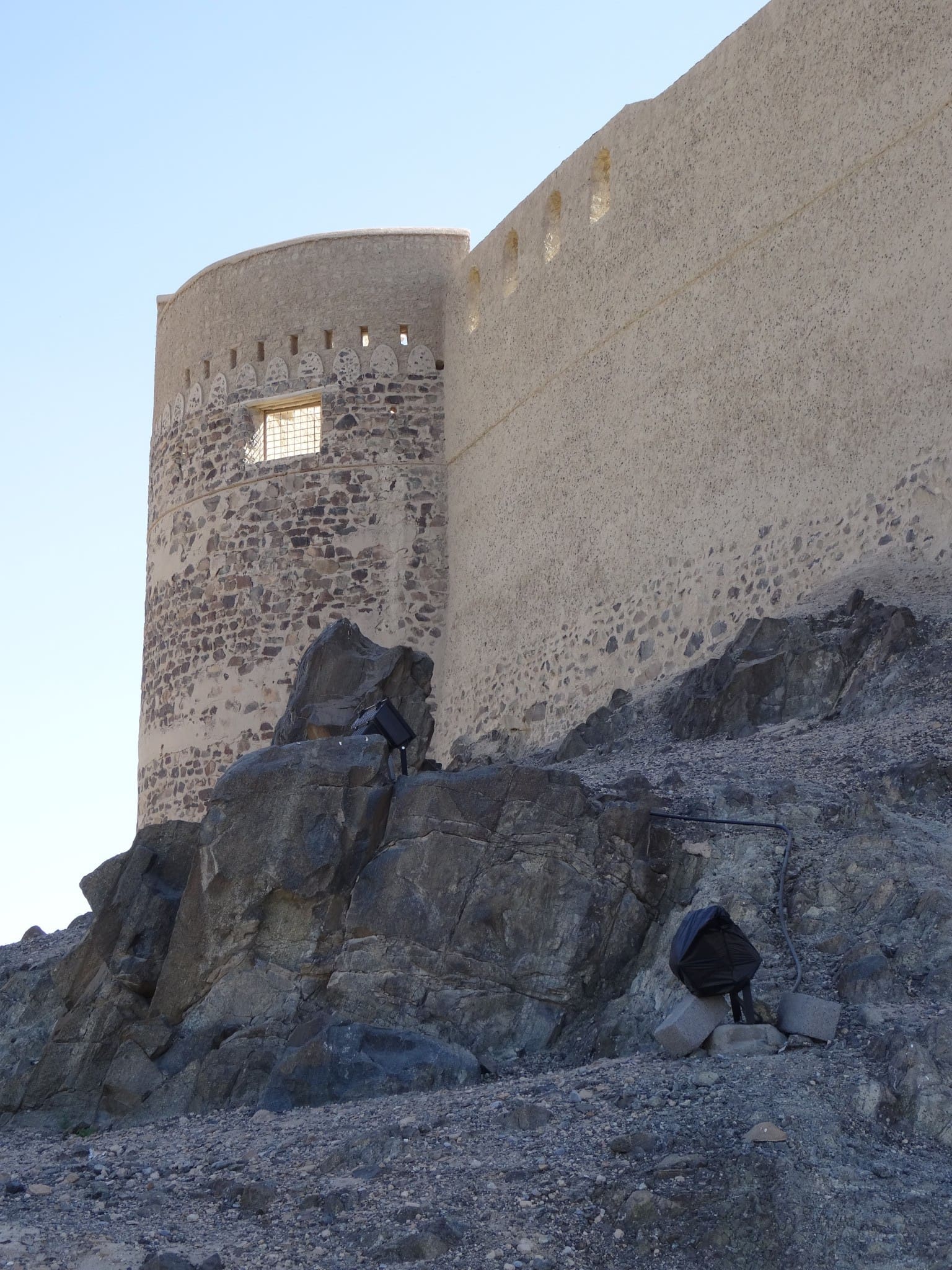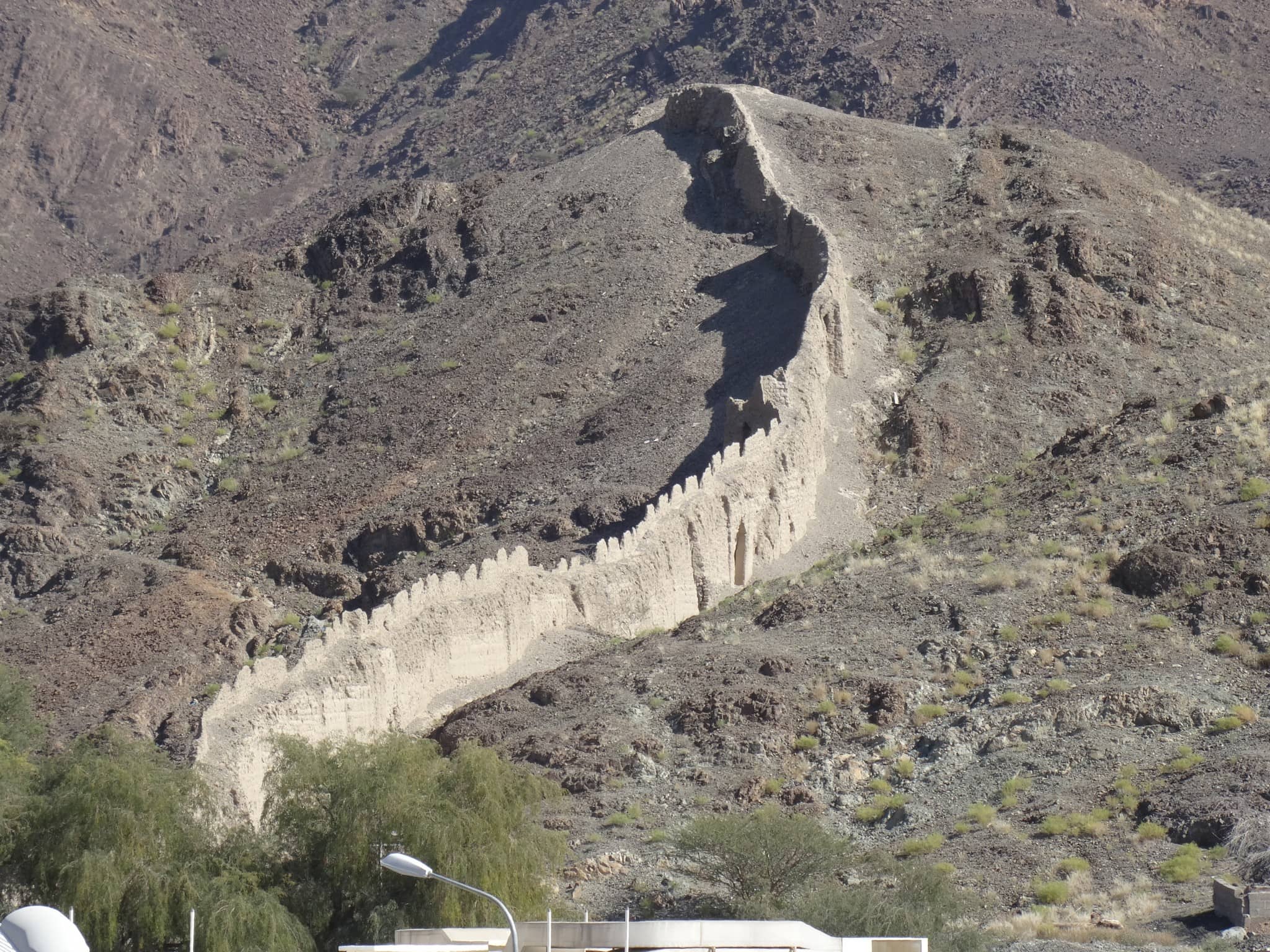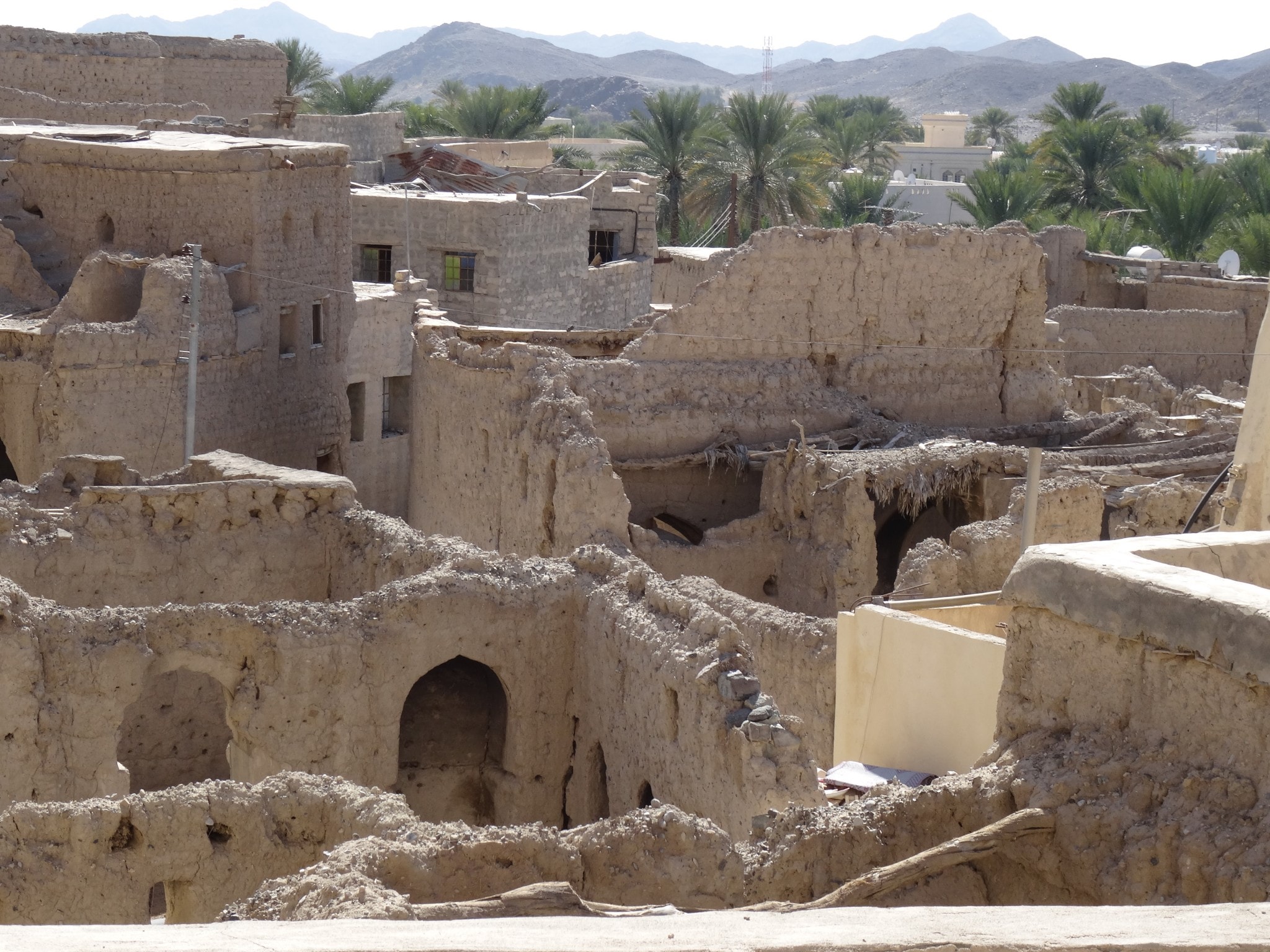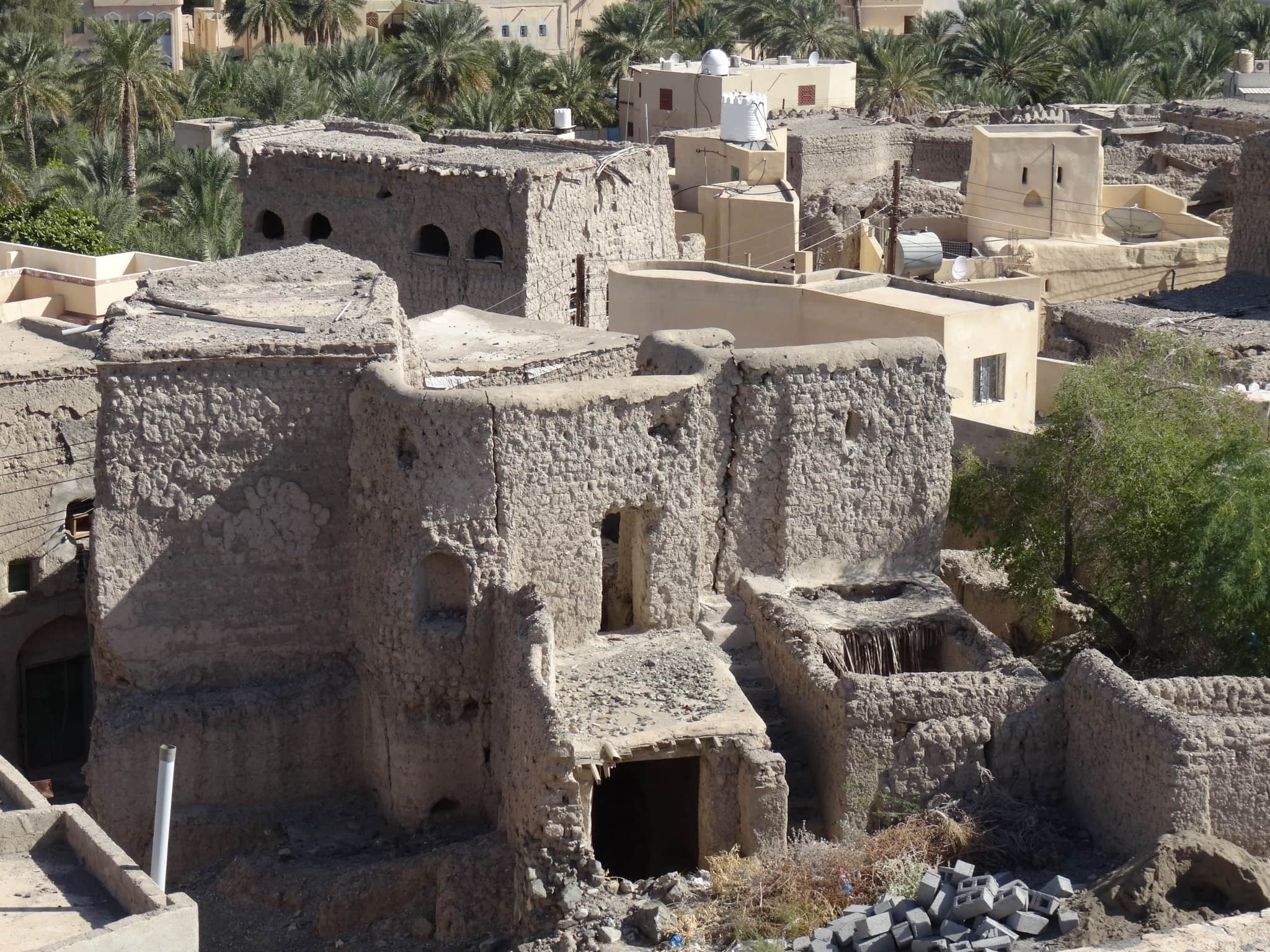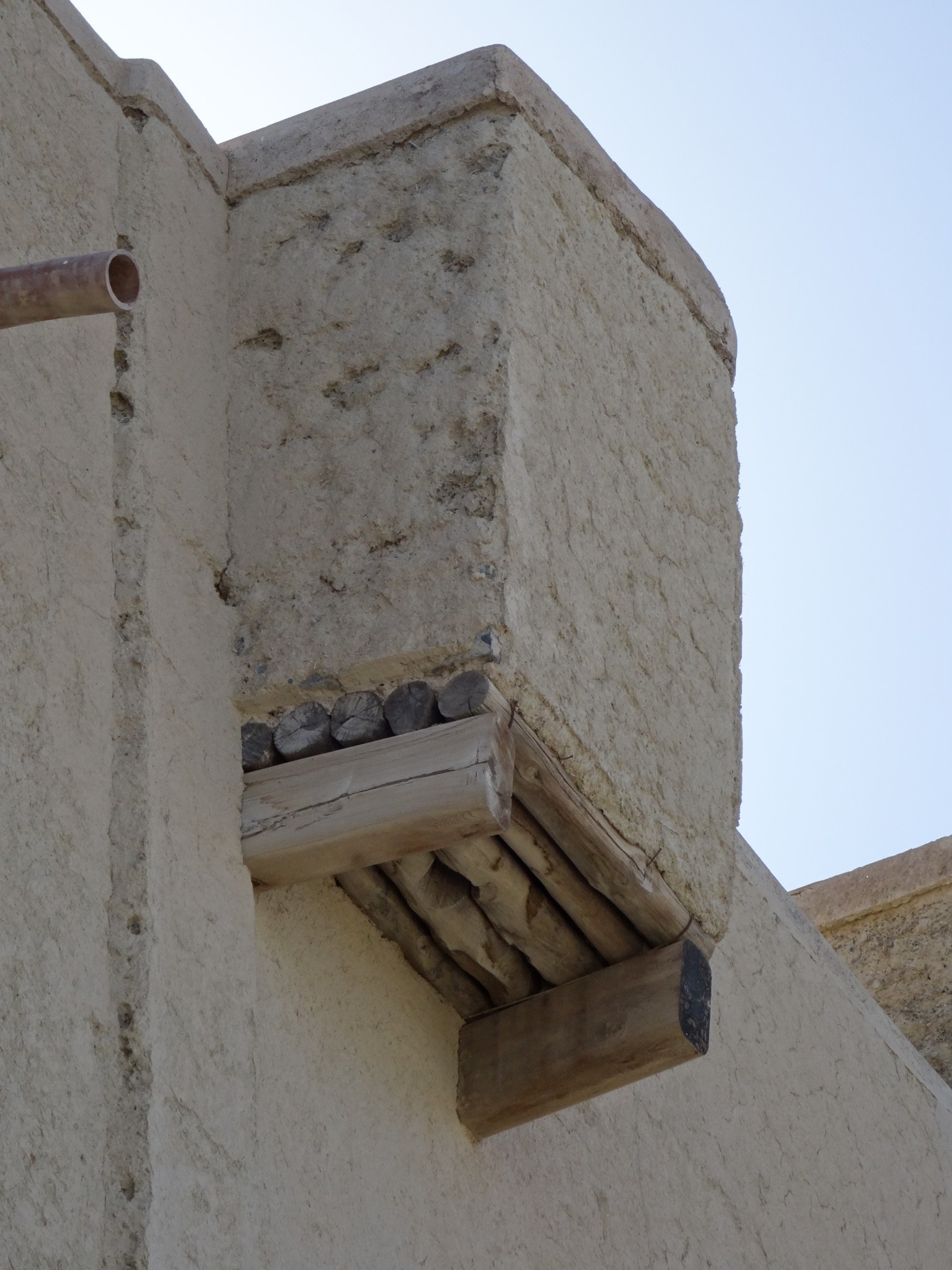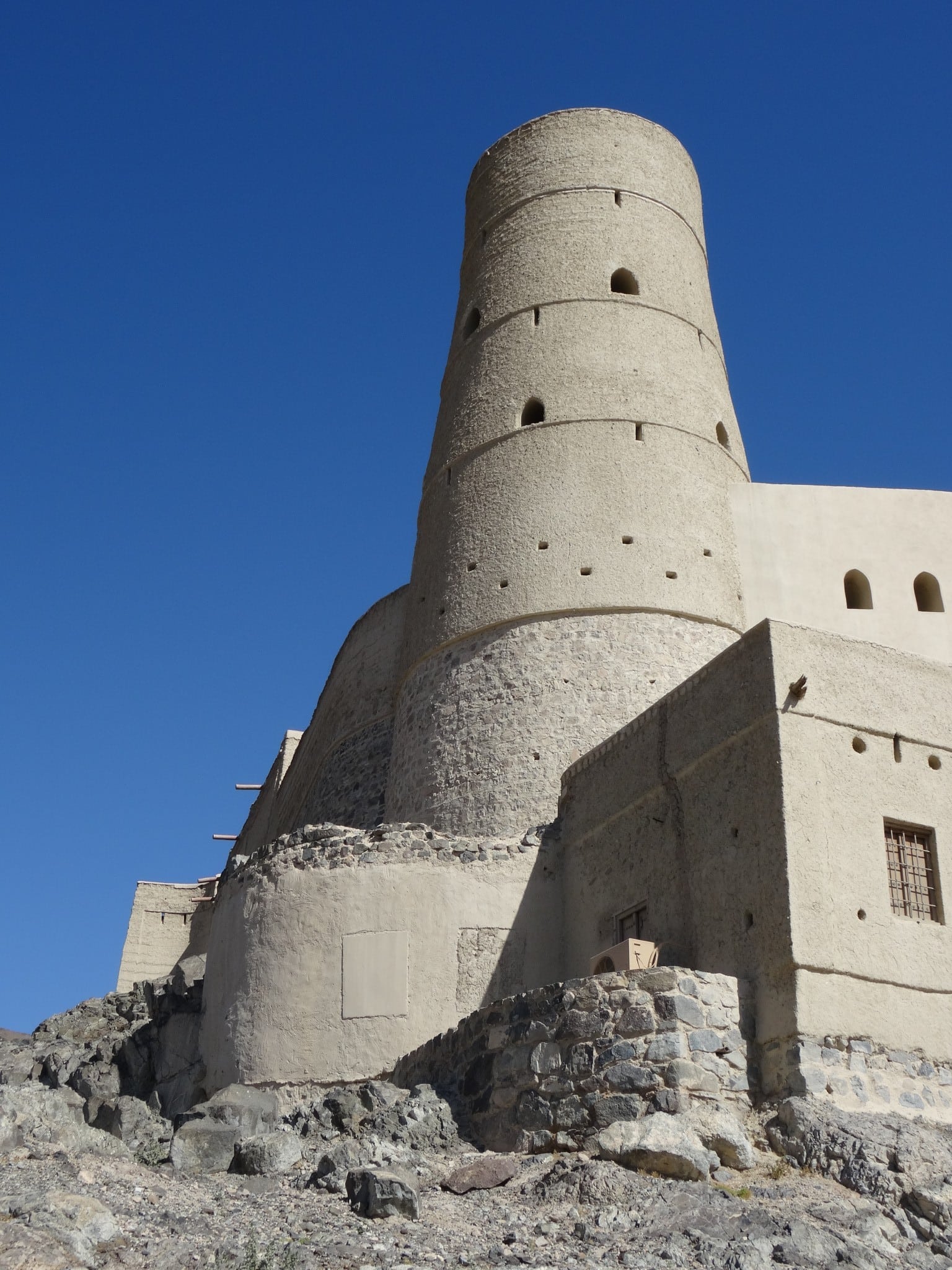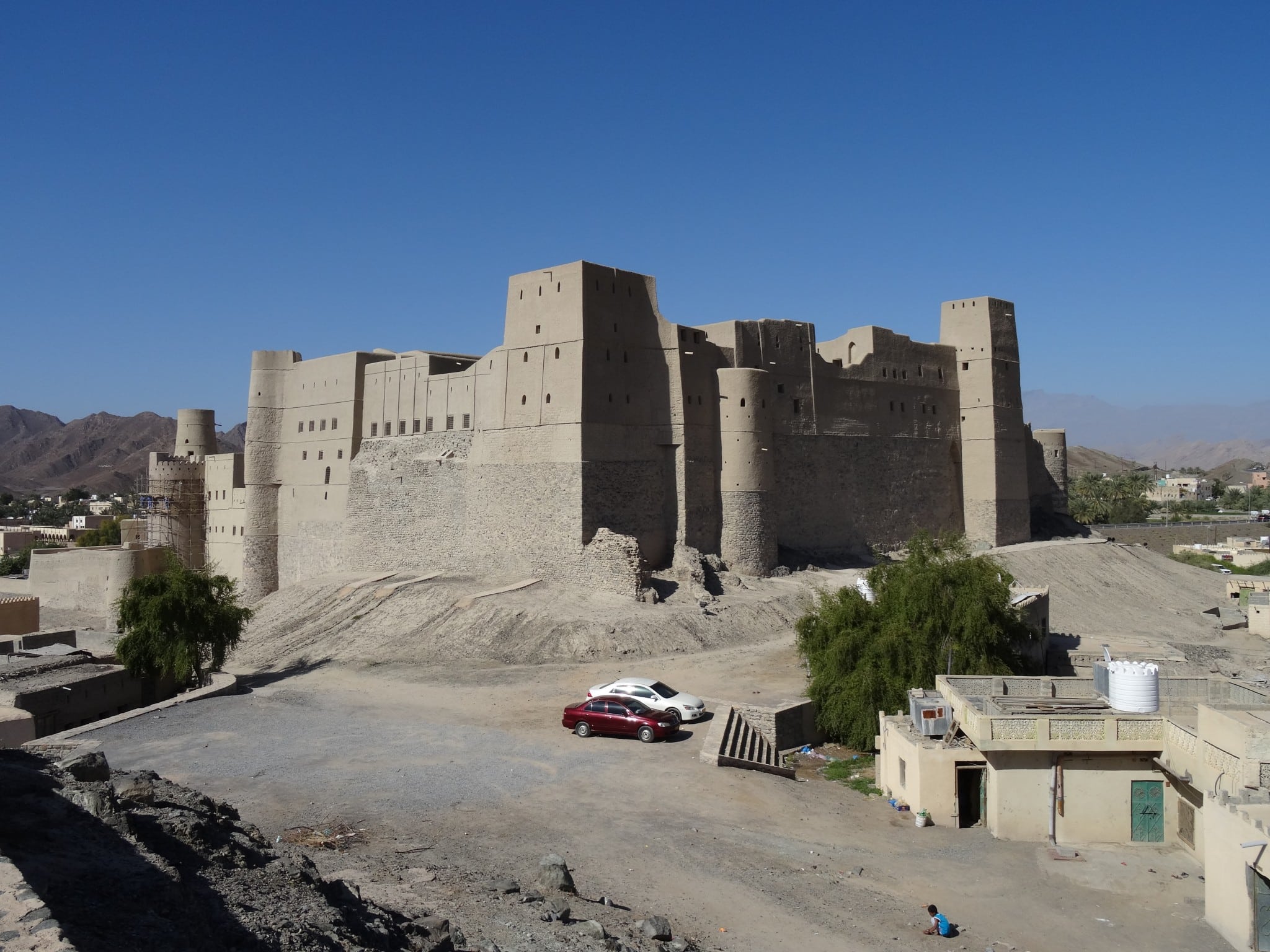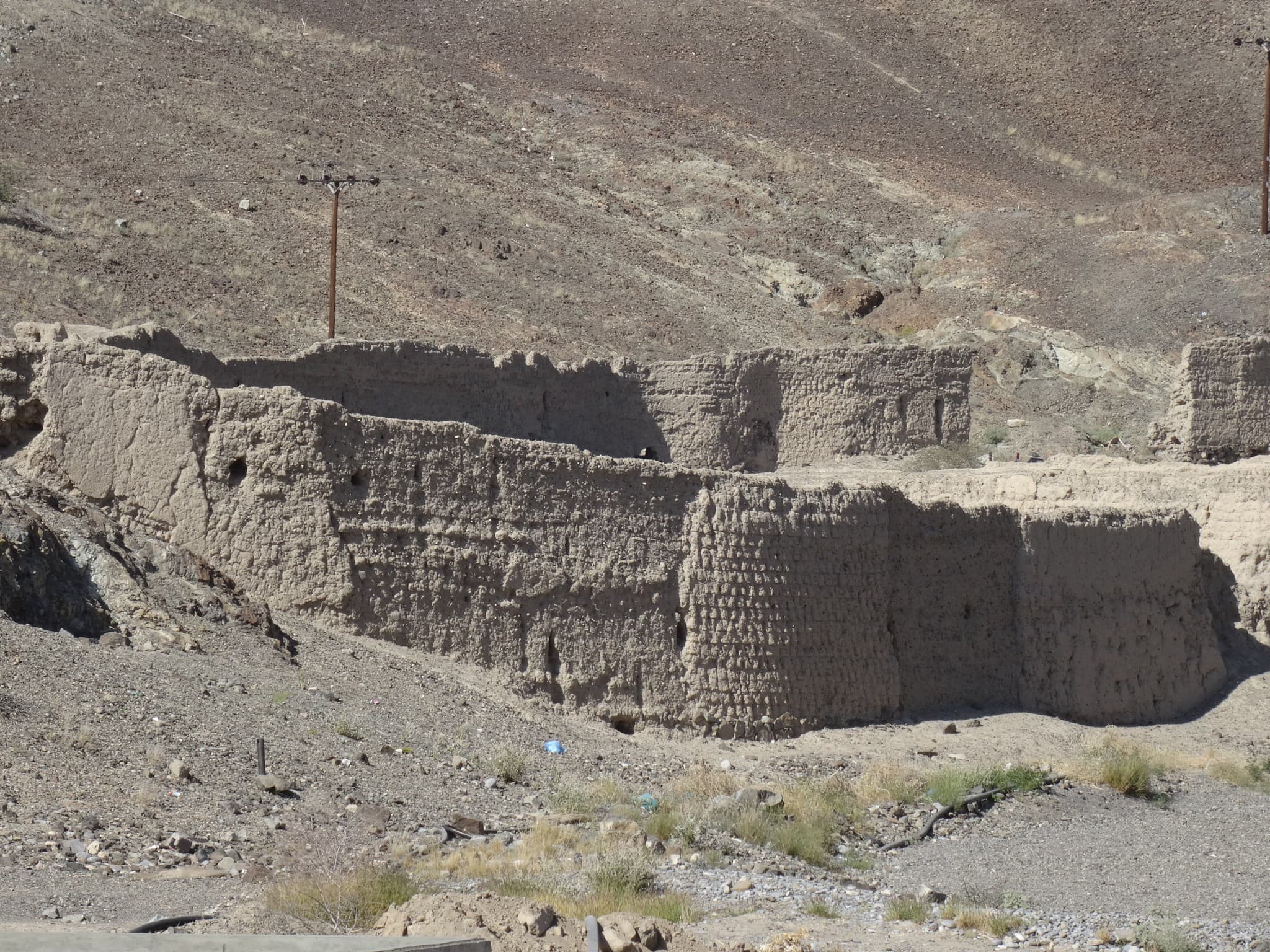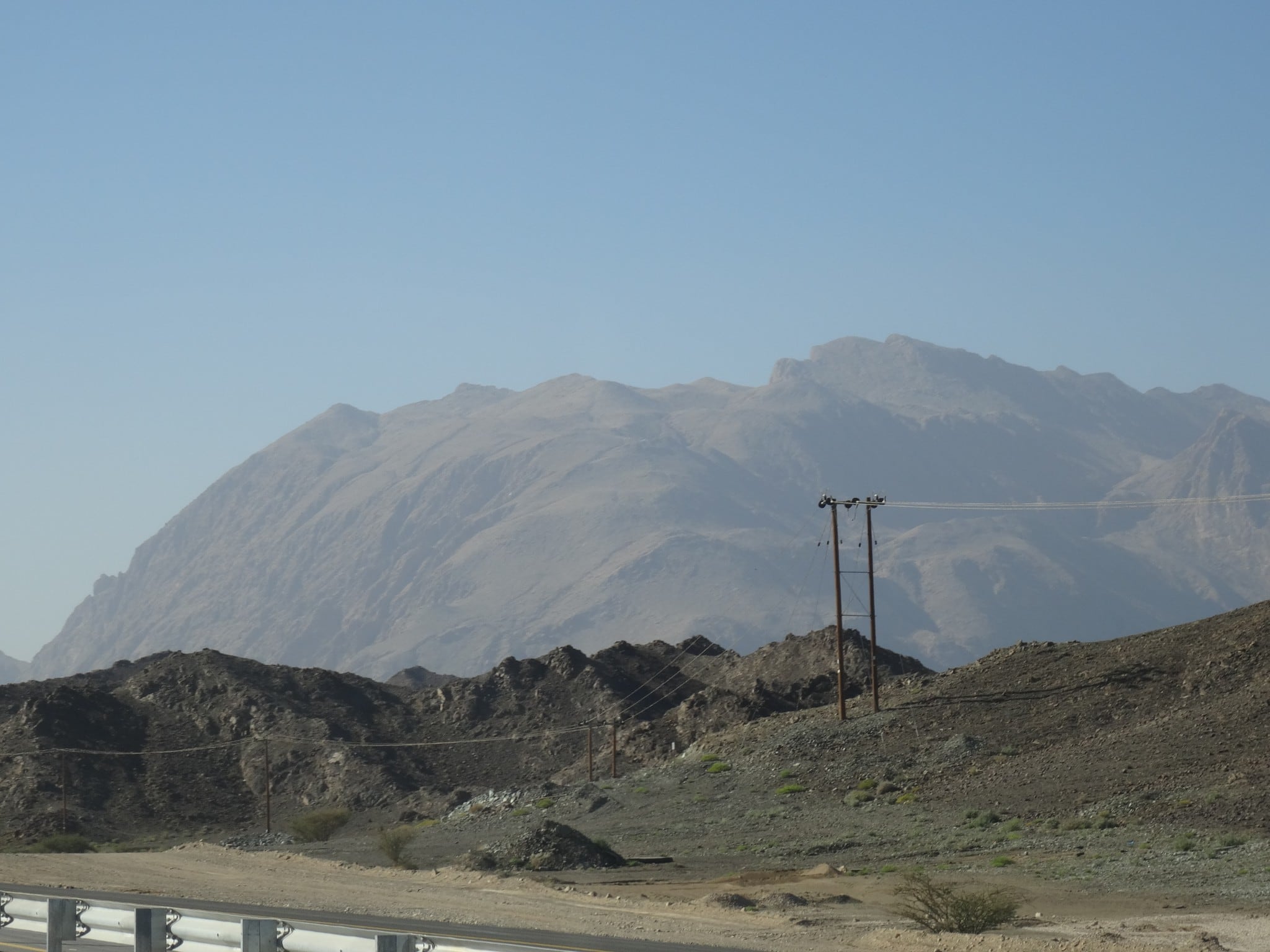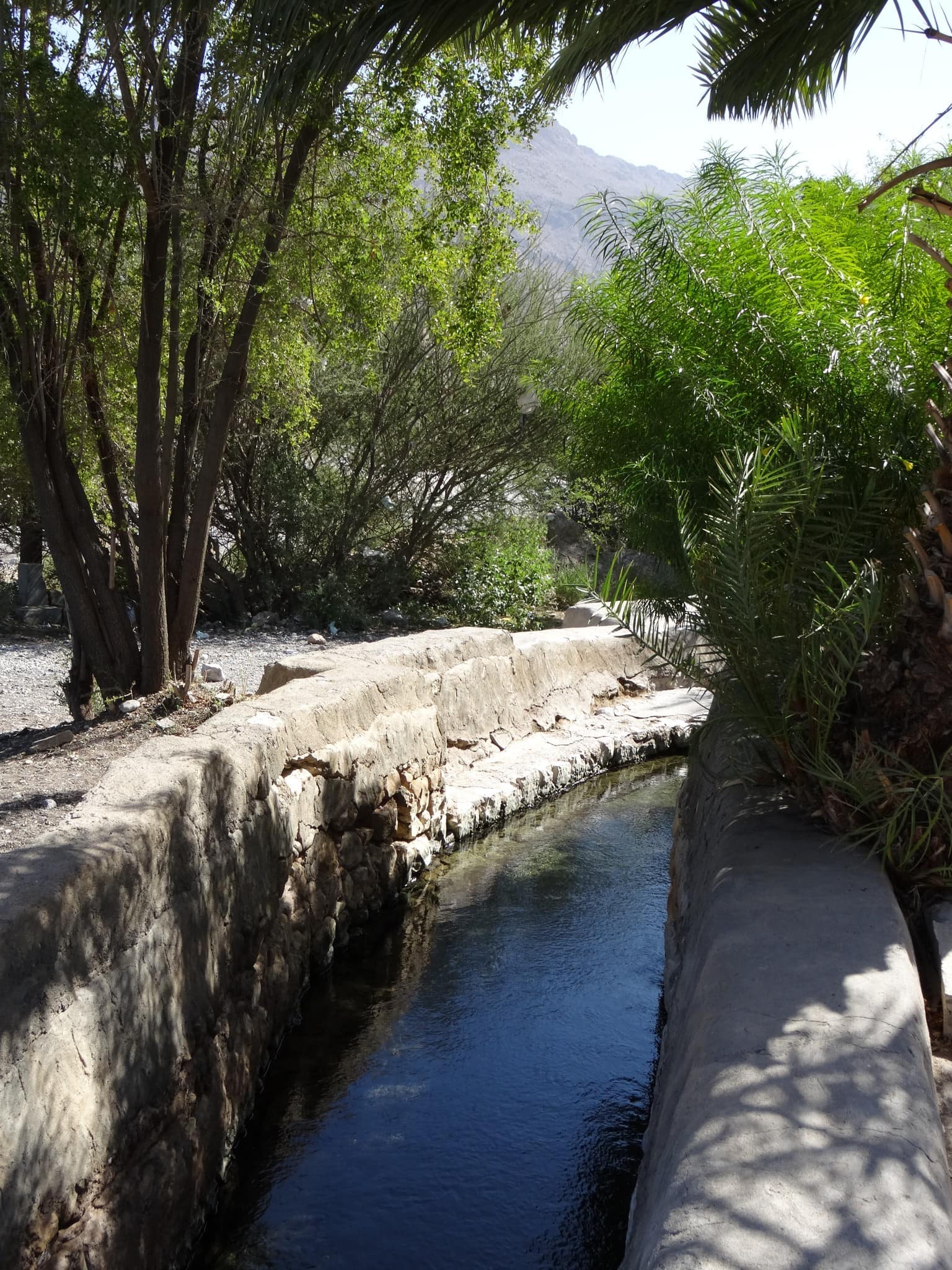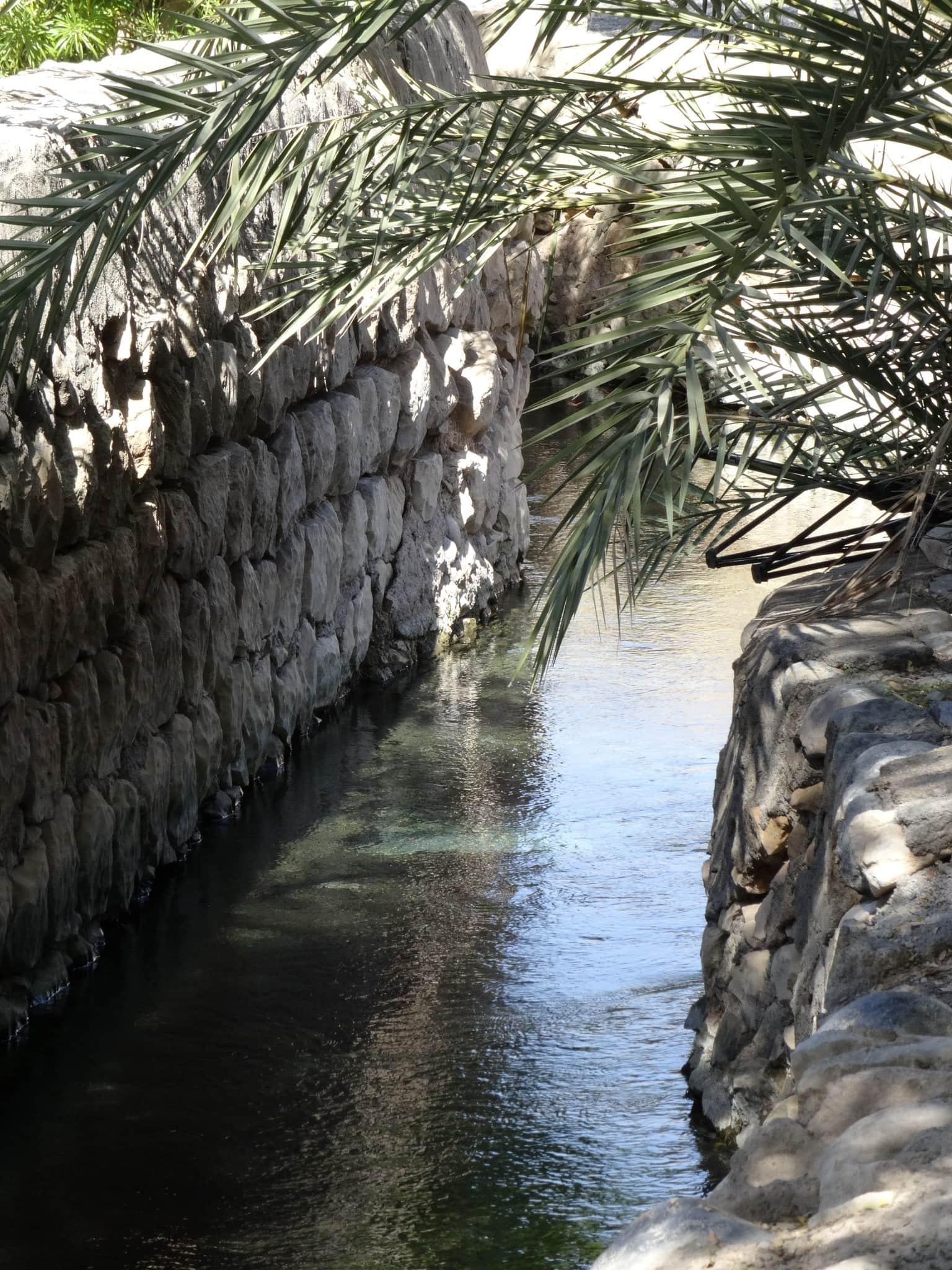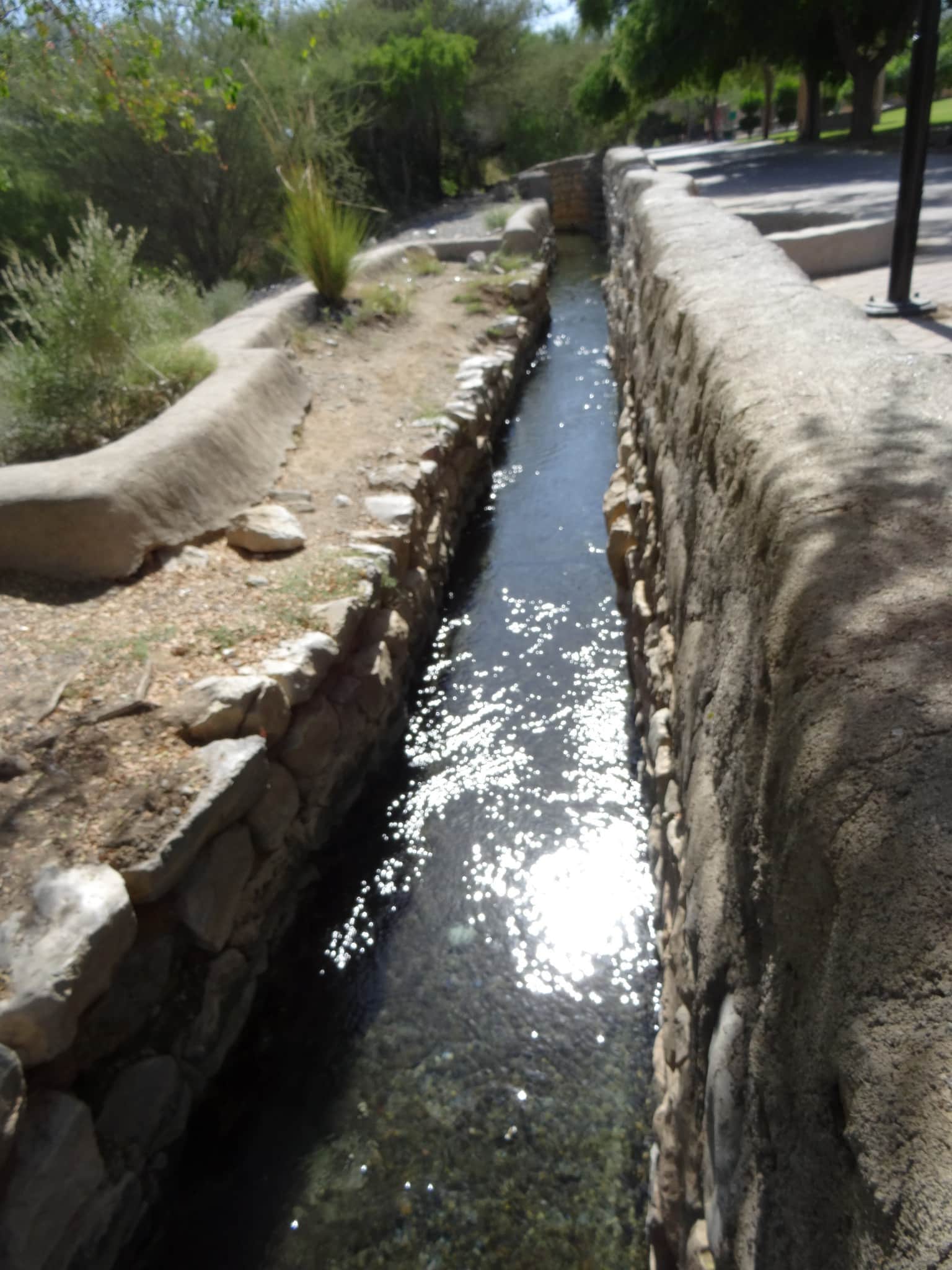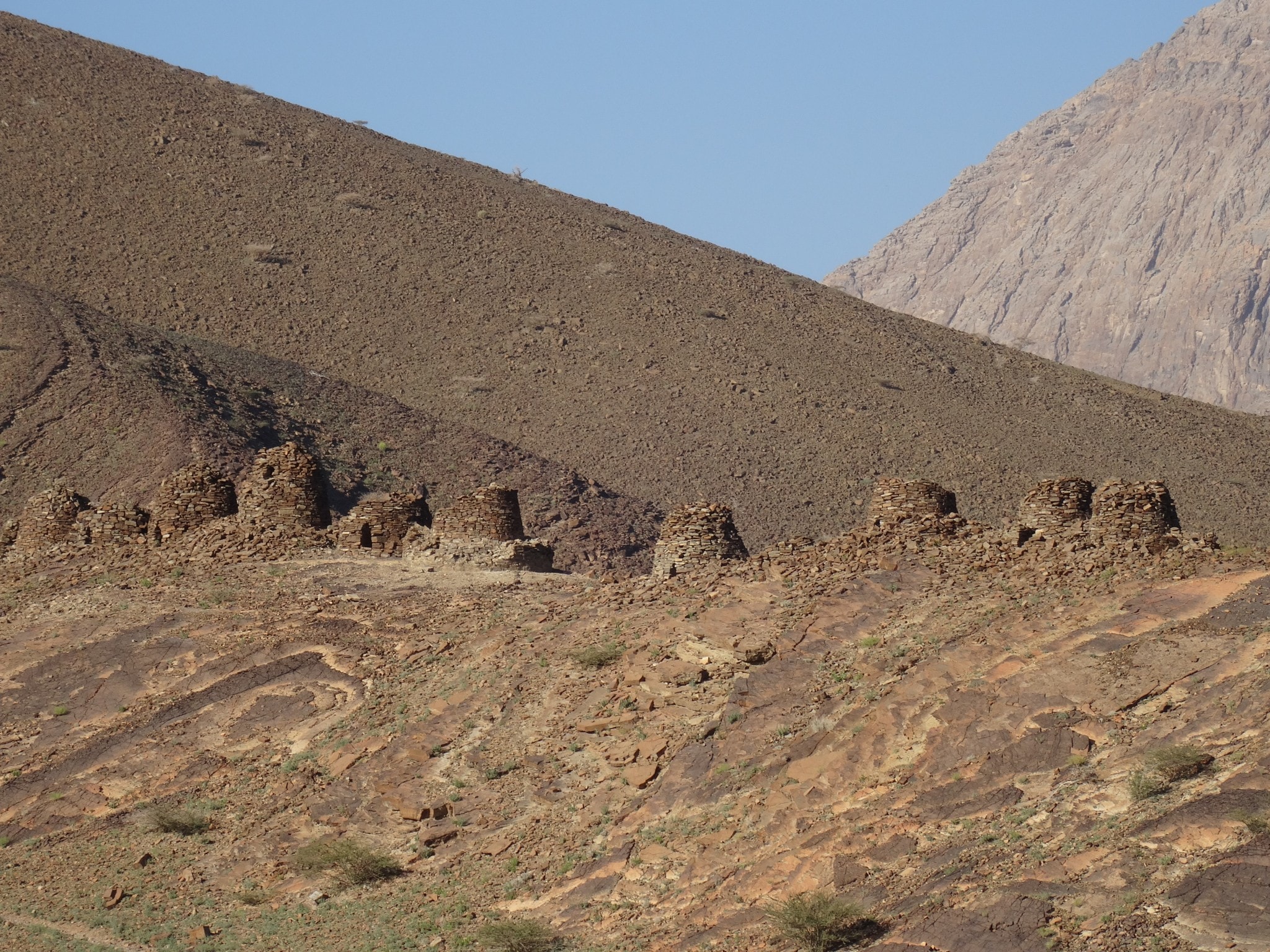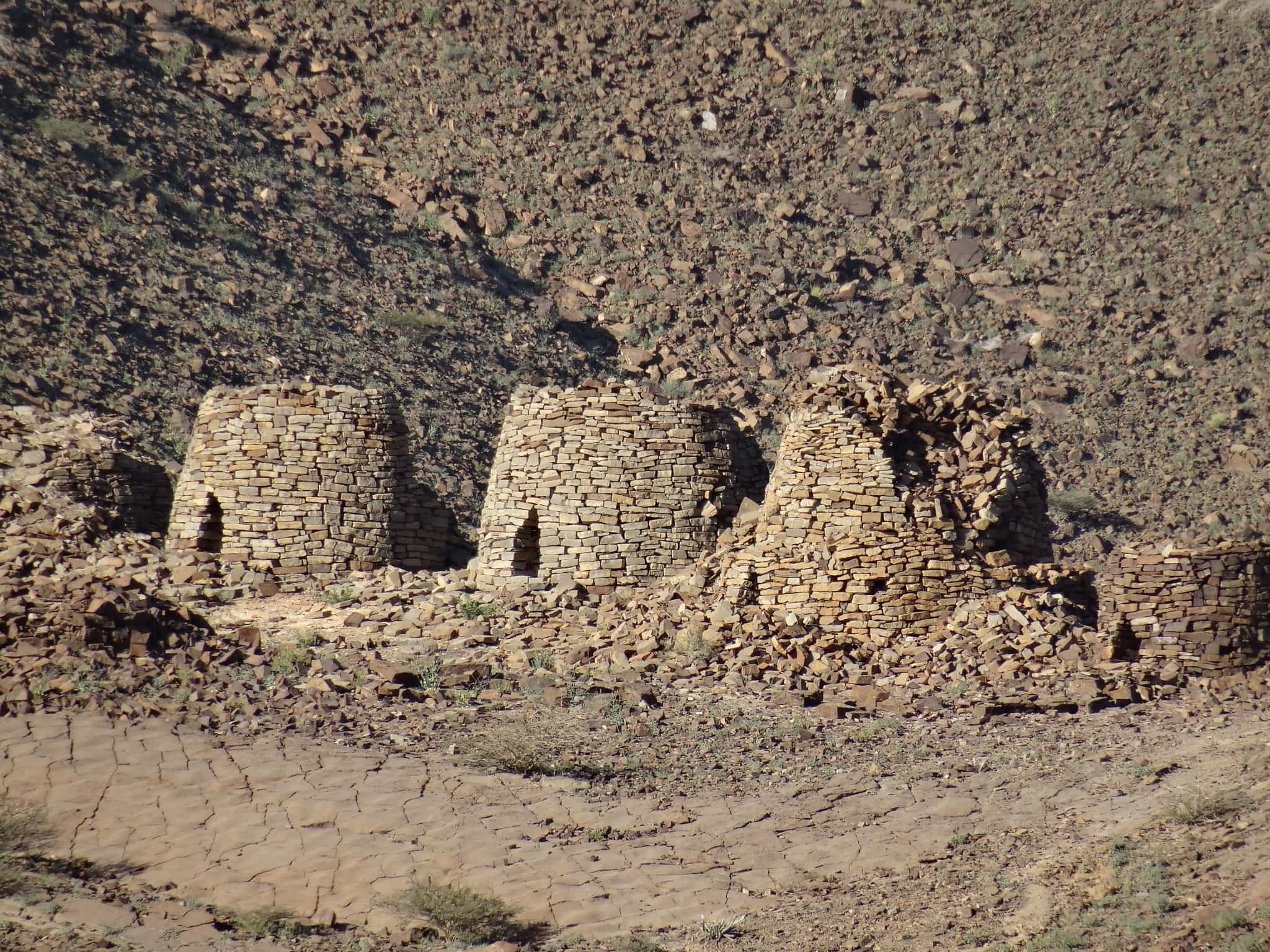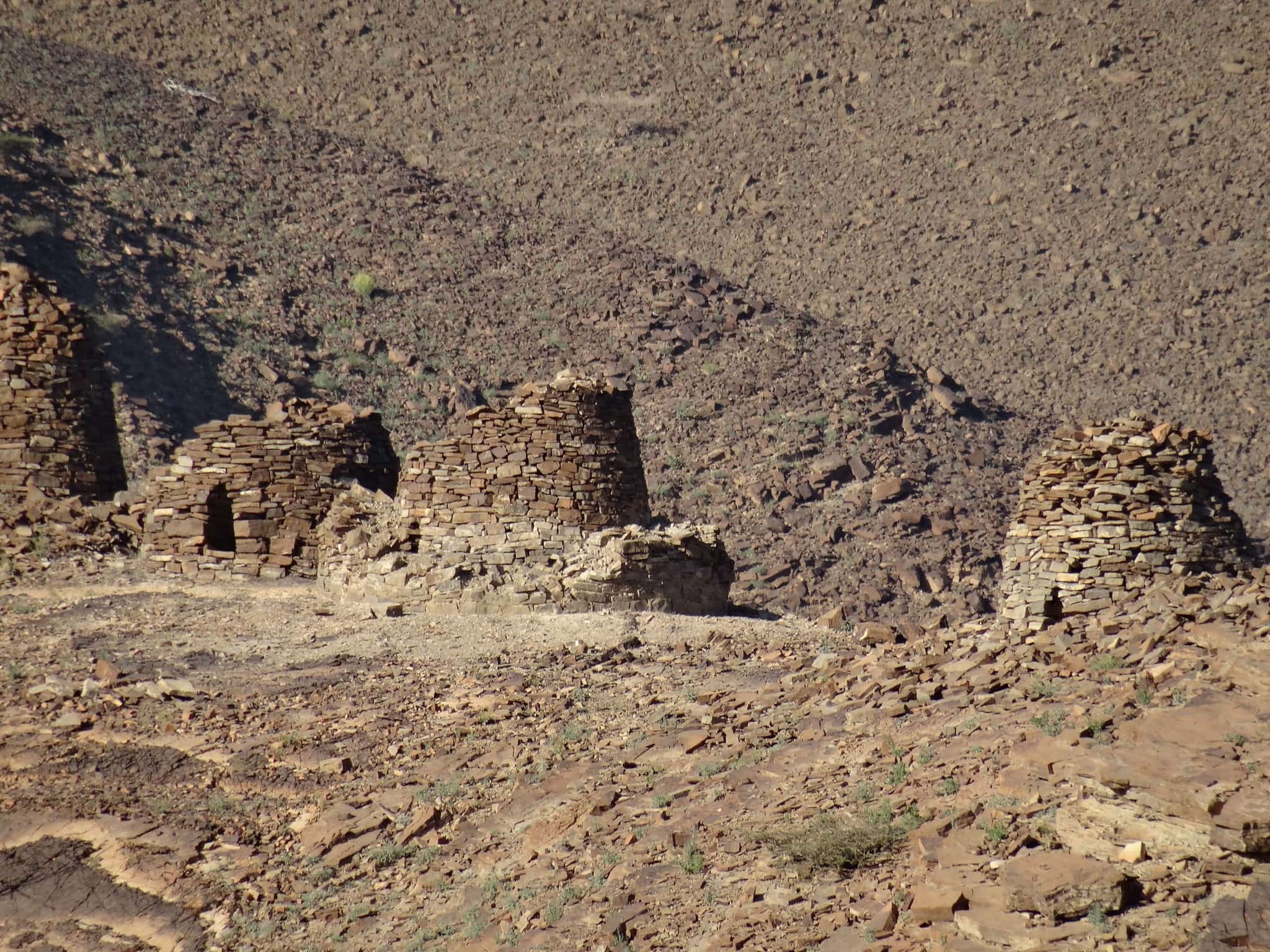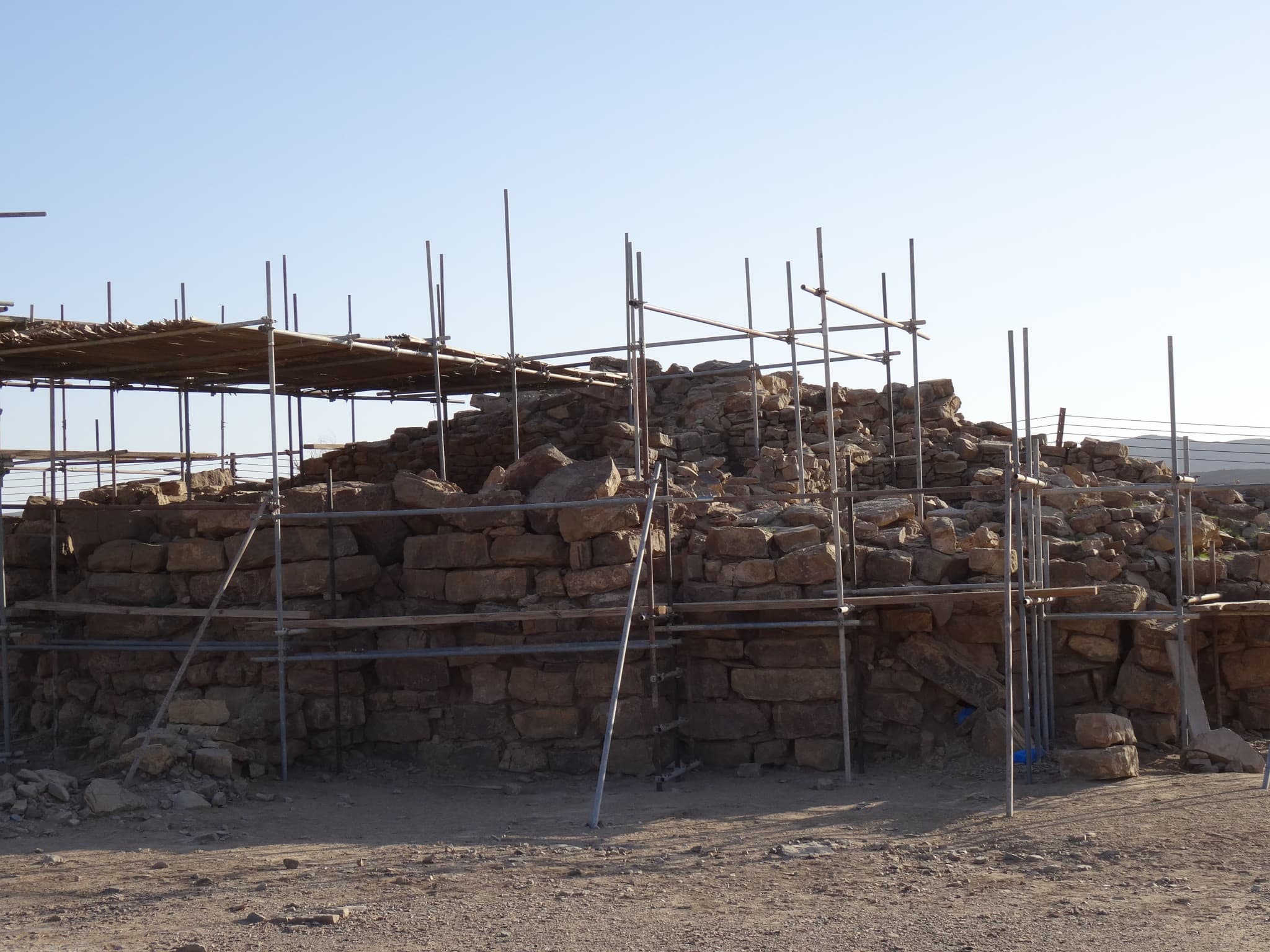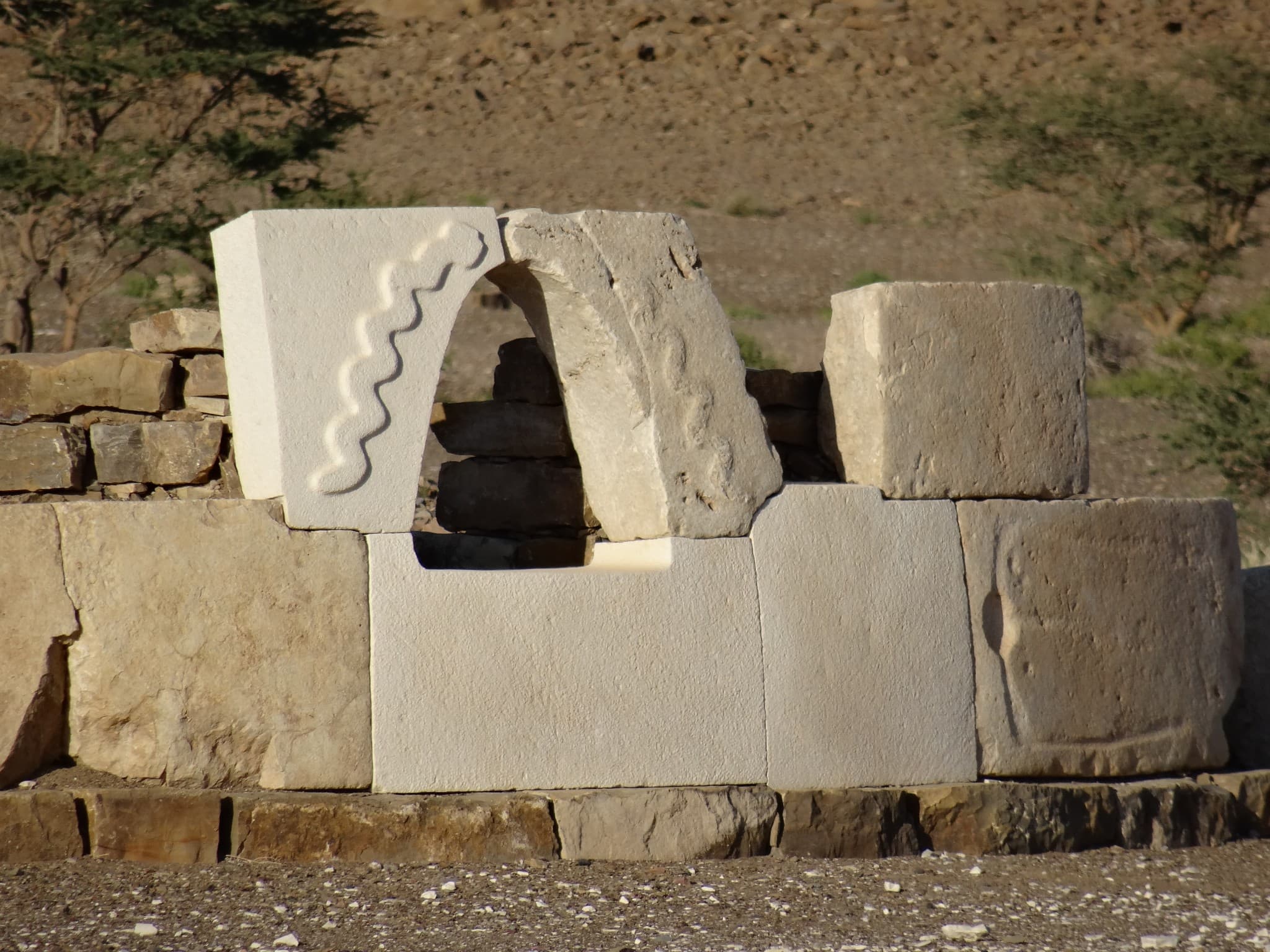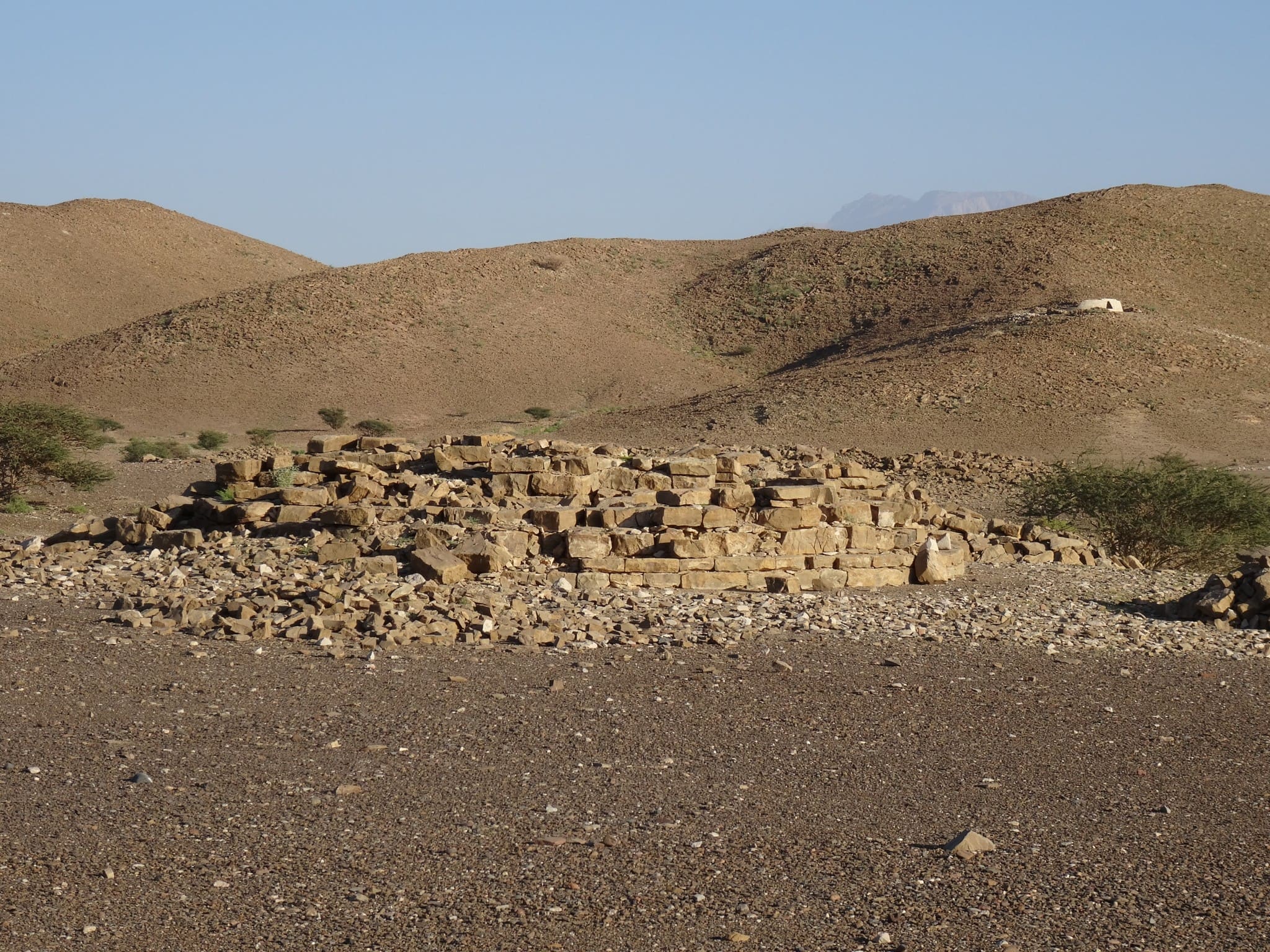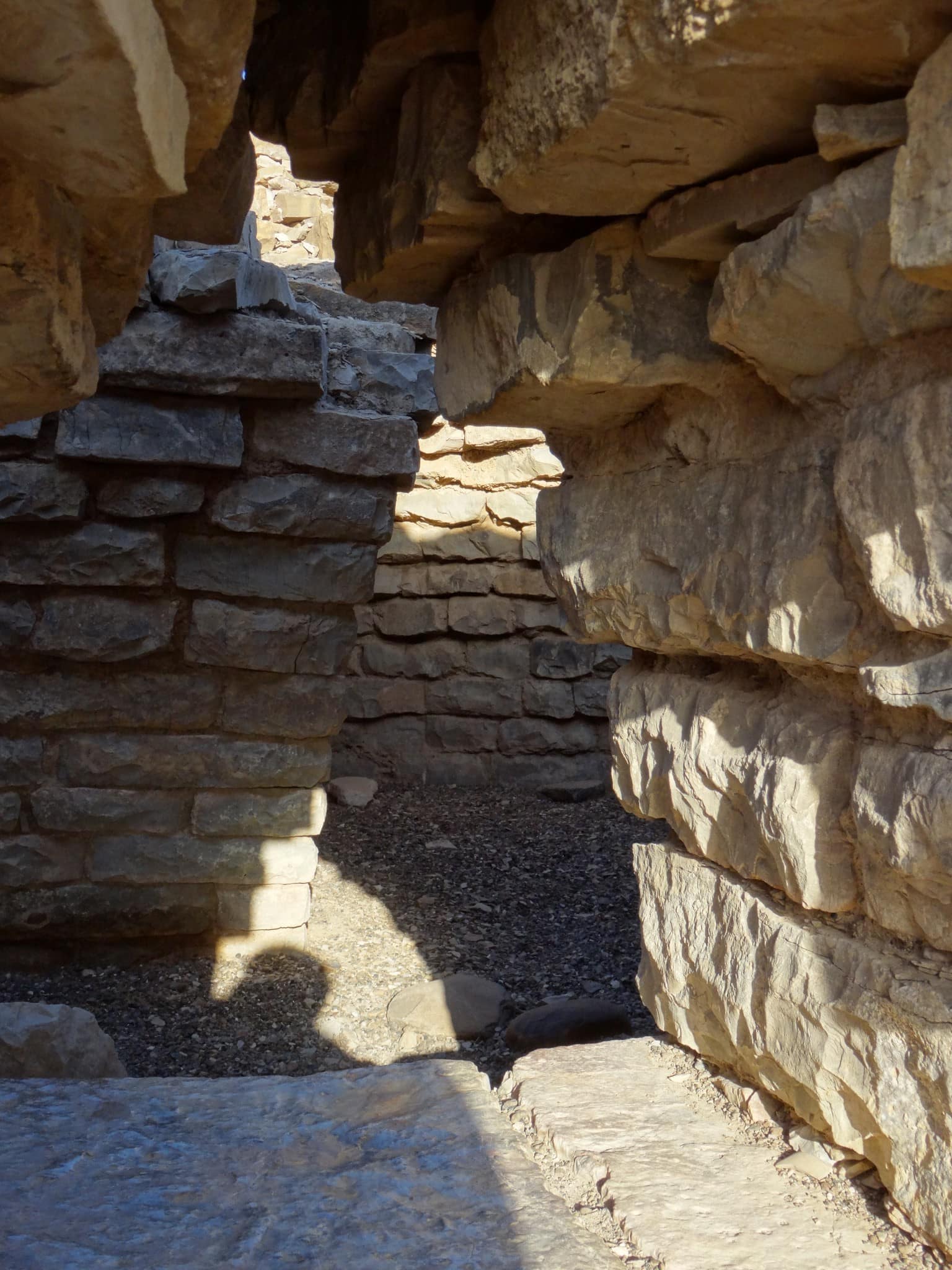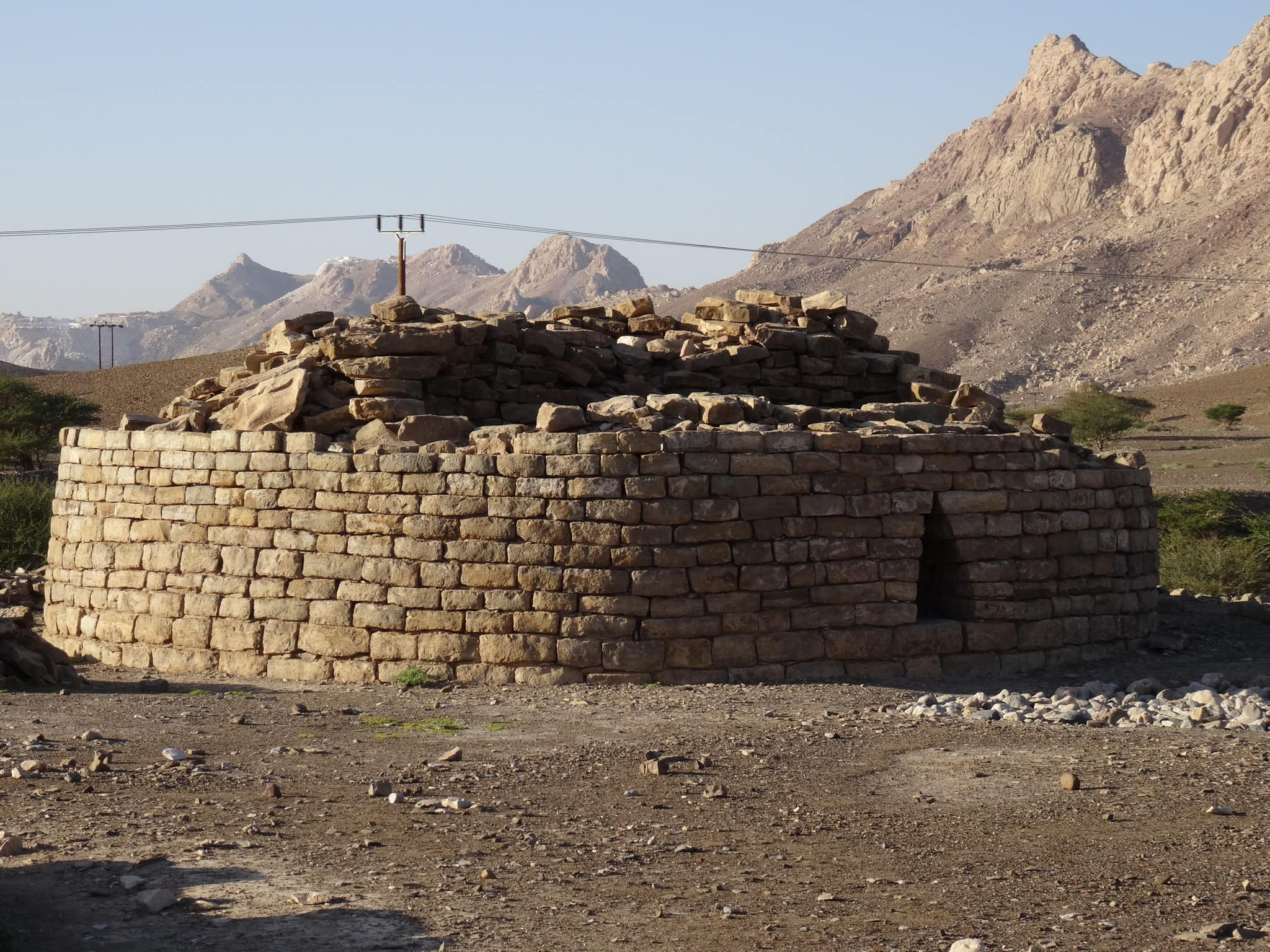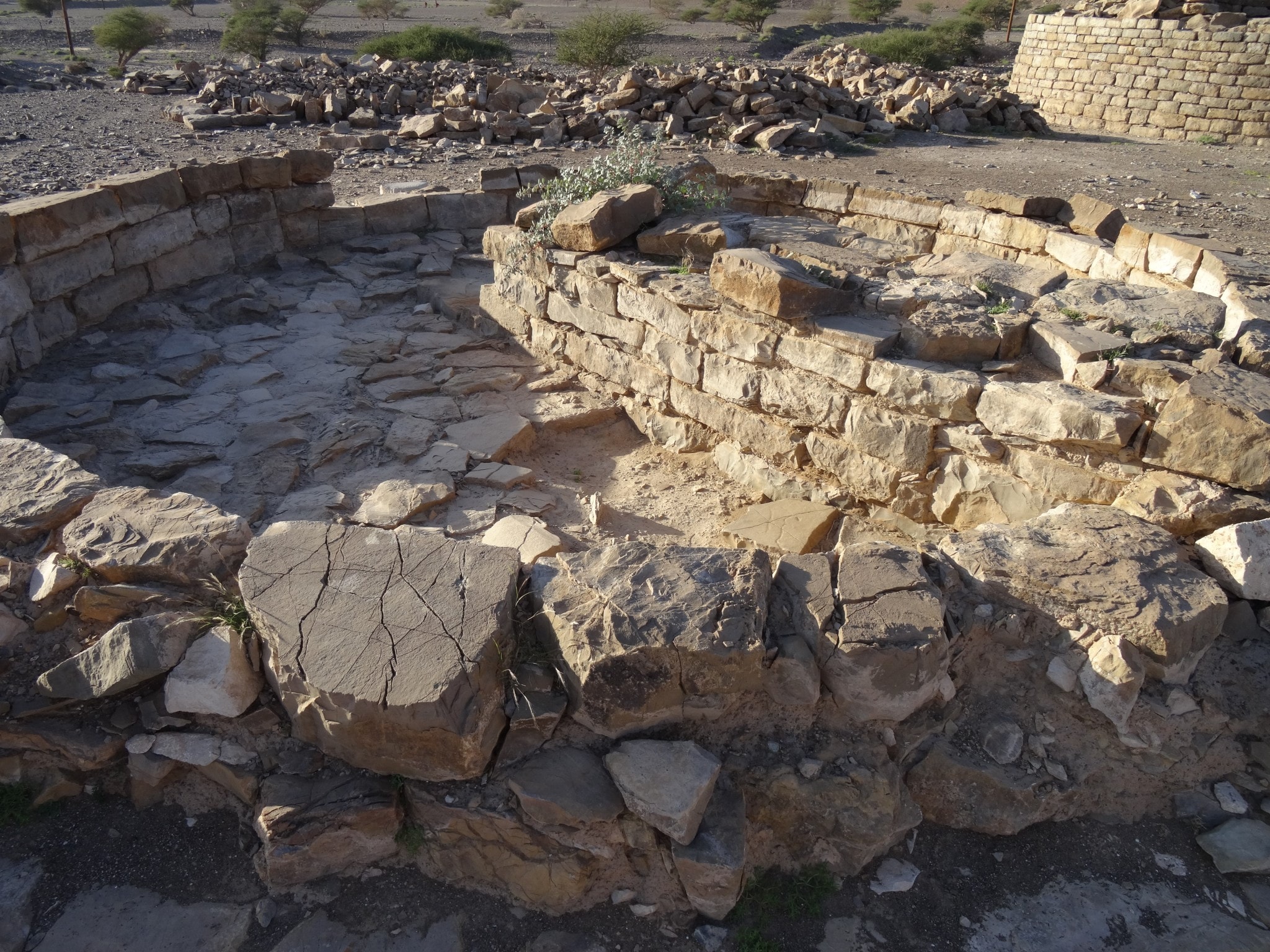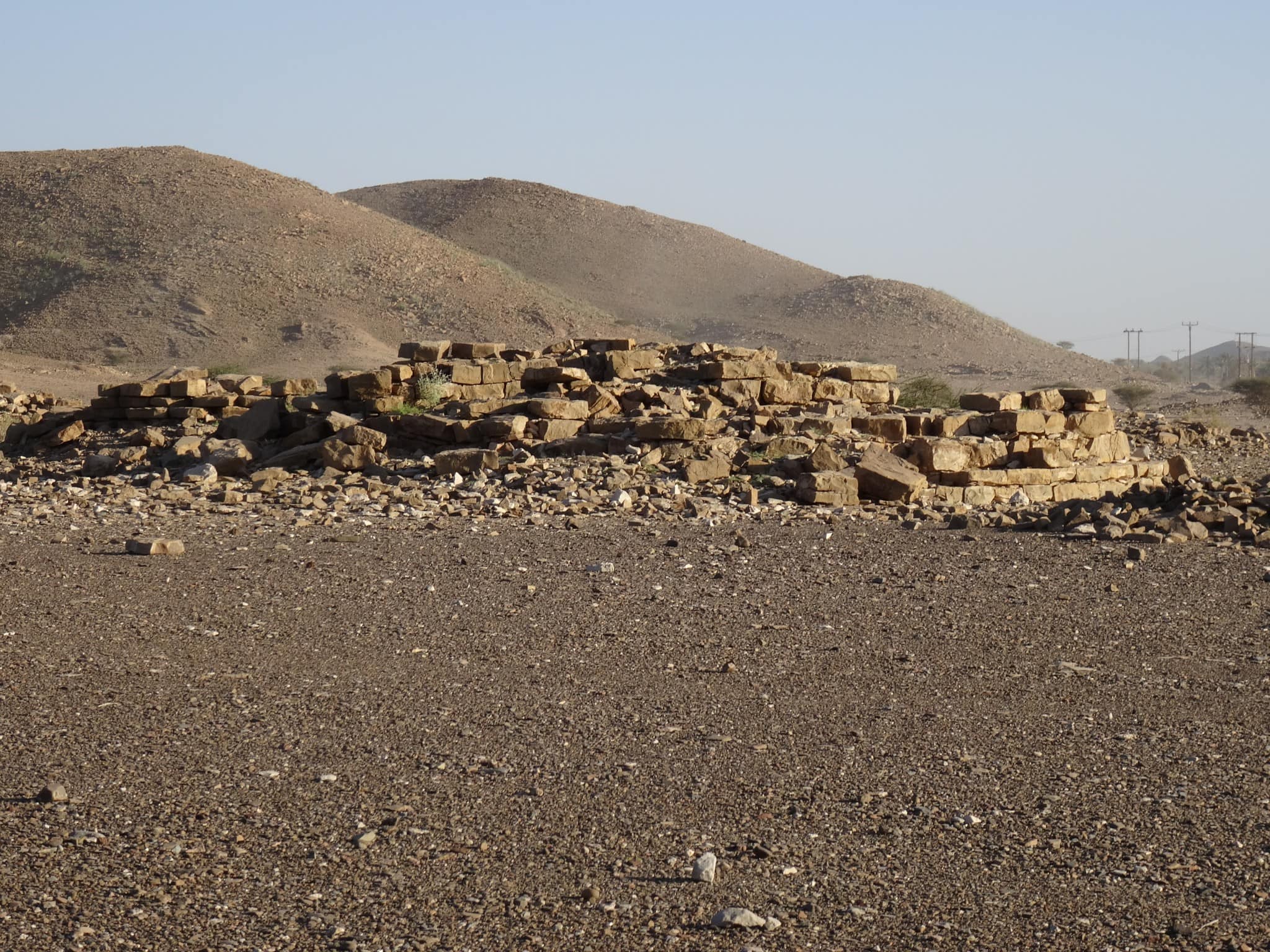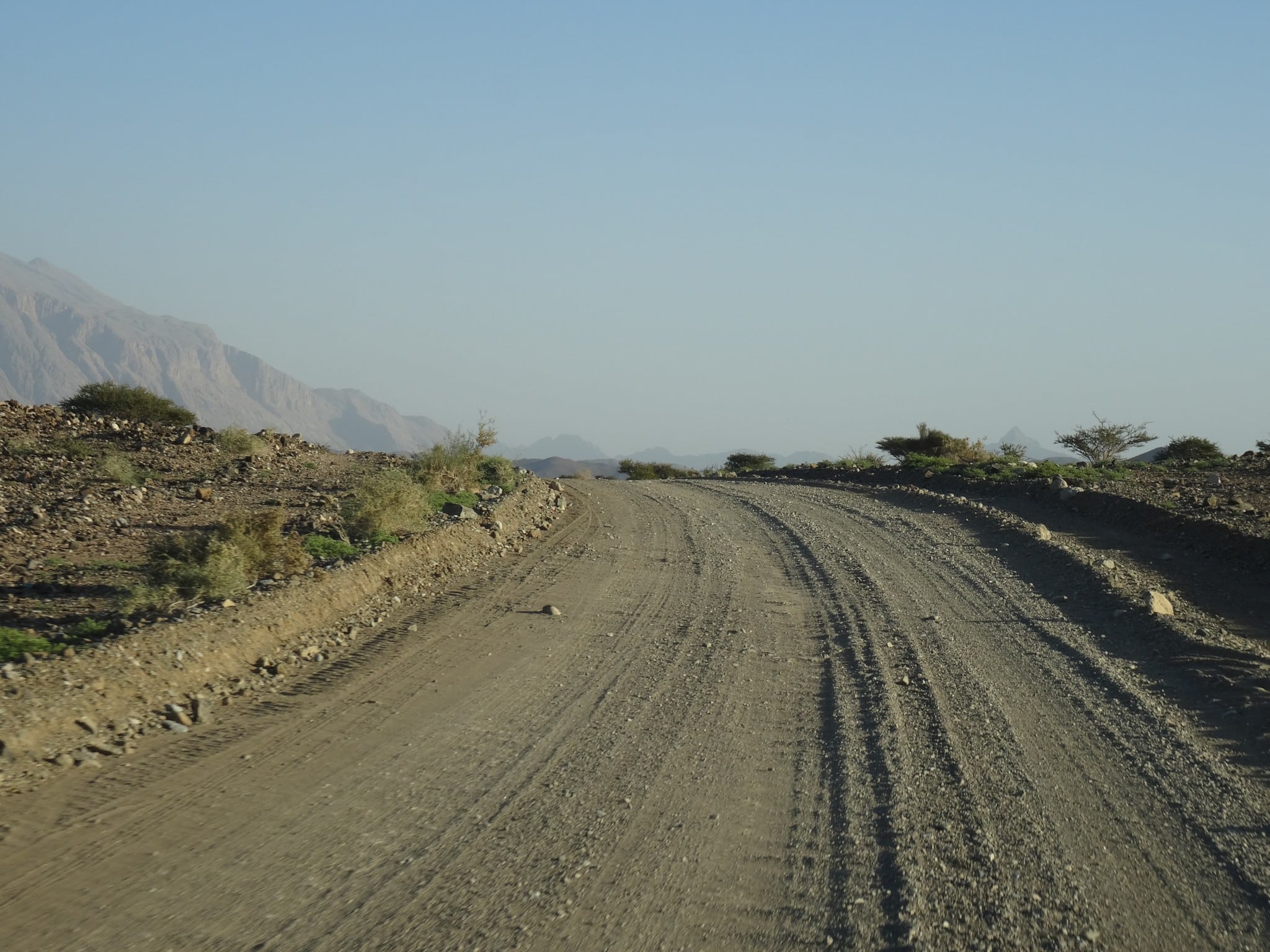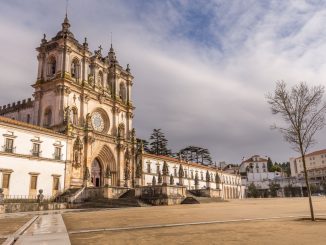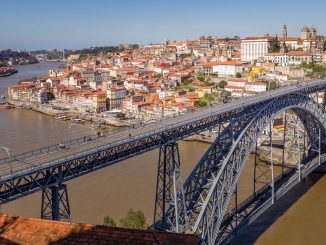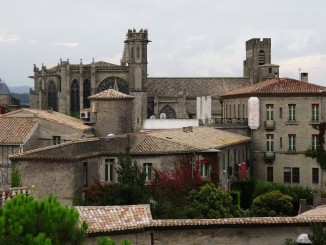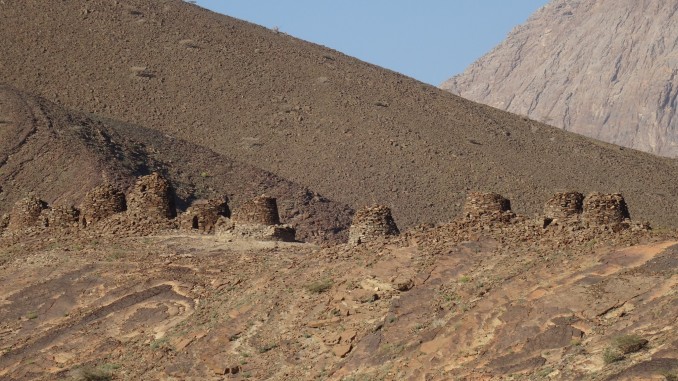
Table of Contents
The last day of my 10 day Oman trip with the family would be the longest of all days. A small planning error, I admit, made me drive a big part twice. The previous day I drove through the Hajar Mountains which ended in Nizwa but my base was in Muscat. Today I would go again to Nizwa and beyond having me drive Nizwa-Muscat two times. That’s close to 3 hours each way. Today it was early, 6AM!, when the trip started. On the program were three forts or castles in and around Nizwa, old irrigation systems in Nizwa and the beehive tombs in Bat and Hili. Join me on this day tour from Muscat.
Jibreen castle
Jibreen castle (also called Jabreen) is located about 10 kilometers outside of Nizwa in Bahla. I think this castle or fort is one of the best ones in all of Oman. It was built in the early 17th century by Imam Bel’arab bin Sultan Al Yarubi. His father played an important role in Oman history as he conquered the Portuguese and expelled them from the country. During his reign Oman was peaceful and prosperous. That’s also one of the main reasons this fort, or better castle, is more decorated. It didn’t need fortifications so it was built as a palace. You can visit it and see beautiful wooden decorations, artwork on the ceilings and much more. The castle is made up of many different rooms with various purposes. I was most impressed by the Sun & Moon Hall where special guests were entertained. The ceiling has beautiful paintings and is a great example of the artwork you can find throughout the castle. To explore all three levels it will take you about one and a half hour and I recommend more time here than at the Bahla fort nearby.
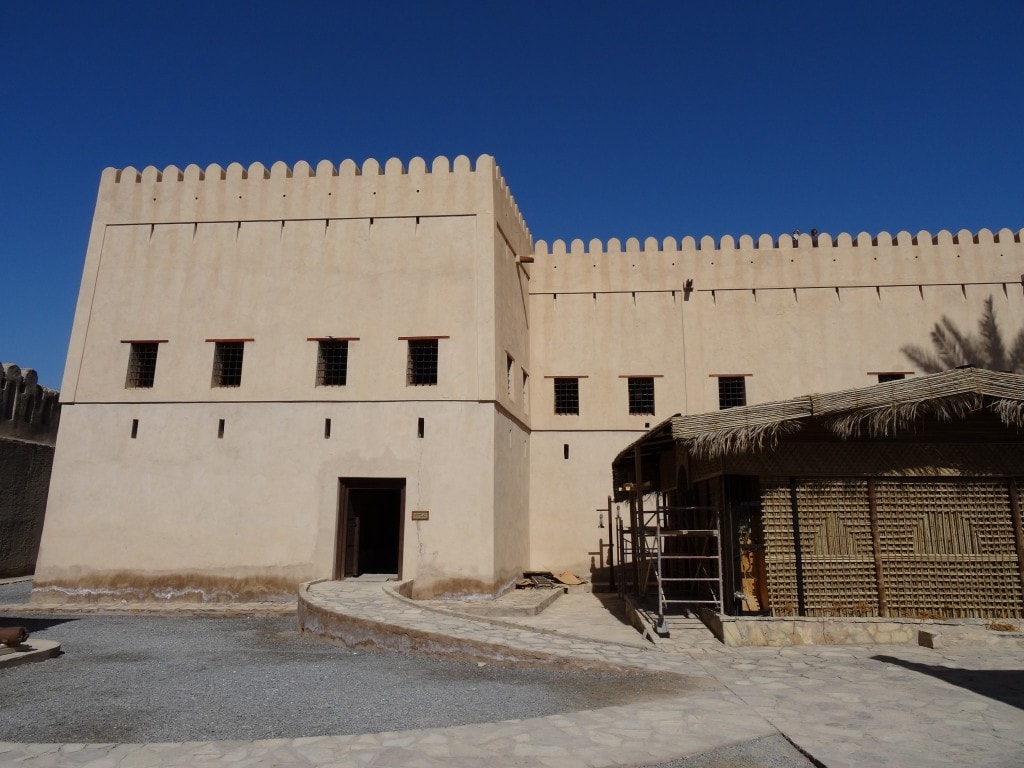
Nizwa Fort and Aflaj Water System
After the Jibreen castle I drove to Nizwa to see the Aflaj Water System but first I made a stop at the Nizwa fort and the local souq. The Nizwa fort is also constructed by the same person as the Jibreen fort although the foundations date back to the 12th century. It’s a huge place and a maze of corridors and rooms. The fortifications are much stronger as the Jibreen fort with cannons on the main tower in all directions. Several traps can be seen which made it pretty difficult to take the fort by attackers. I walked through the fort pretty quick but did spend a bit more time in the small museum on the ground. After that it was time to go to the souq to buy lunch for later. I knew that the two hour drive to the beehive tombs would be through no-man’s-land.
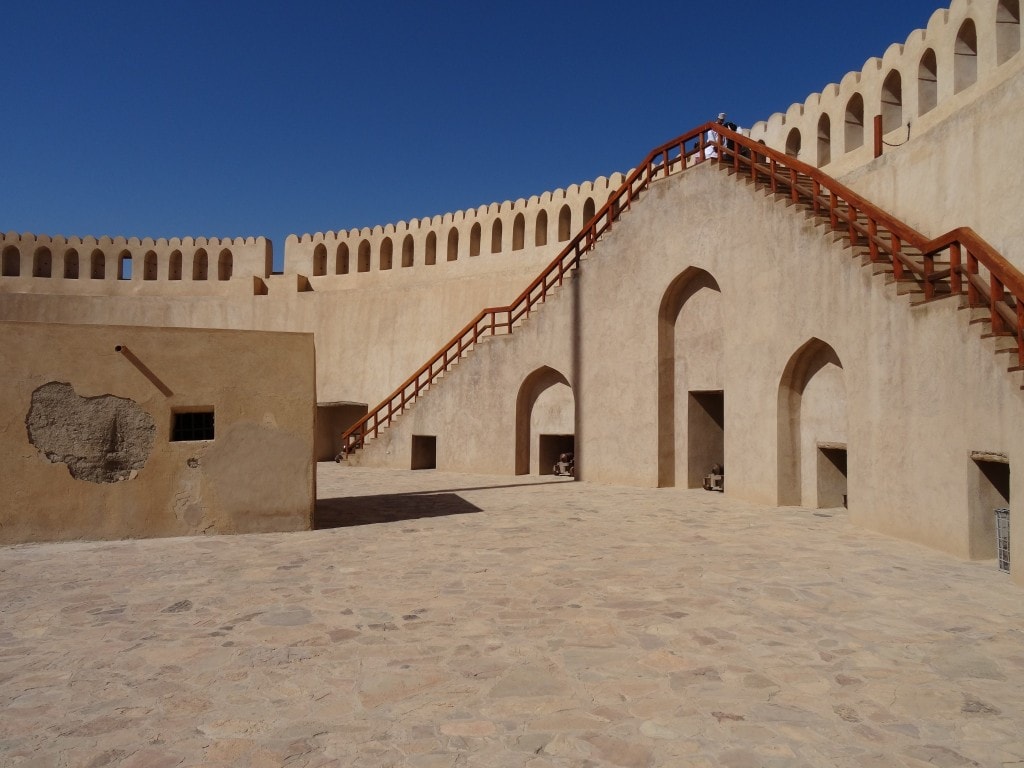
The Aflaj Irrigation Systems of Oman are a UNESCO World Heritage Site of which one is located in Nizwa (N22.971779, E57.548810). An Aflaj is a system of water channels that divide the water into various streams. Water flows towards lower grounds through gravity. This way all the farmlands will get water from the system. In ancient time there were watchtowers and mosques around the system to protect and maintain it. You don’t need hours to see it; it’s merely water streams but the way it’s constructed is unique. A great achievement by the Omanis of the 5th century!
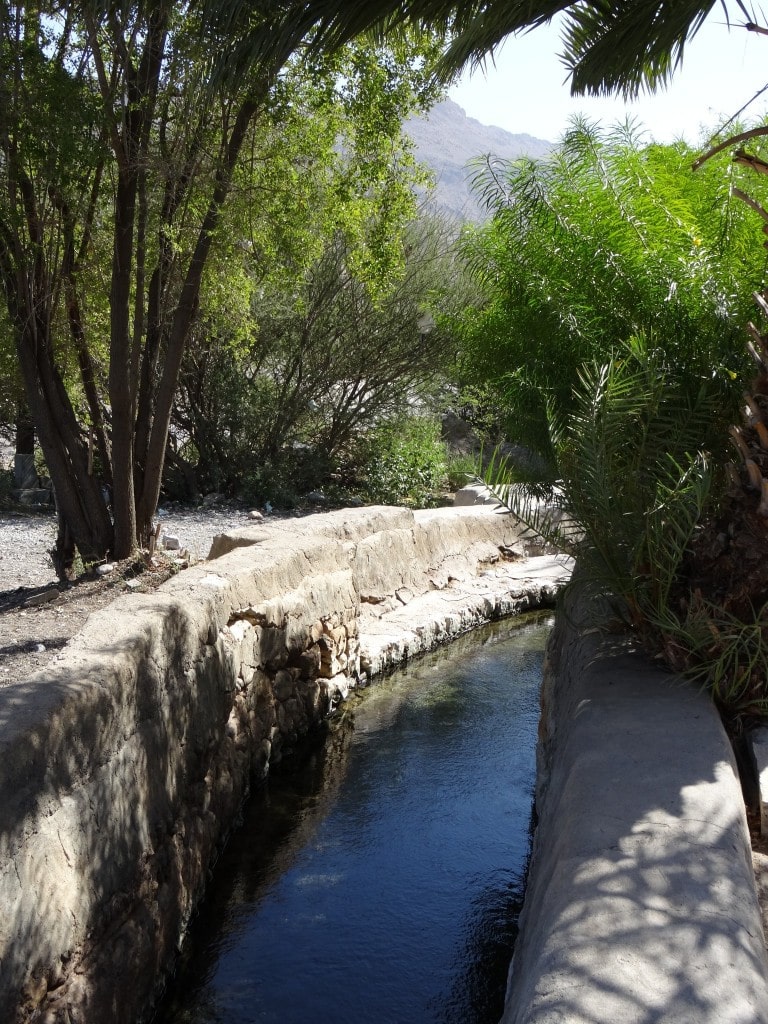
Bahla Fort
Bahla Fort (at N22.964824, E57.300368) is together with the fort in Nizwa (see above) and Rustaq fort (visited the other day) one of the more important forts in Oman. It was built in the 13th century but fell into disrepair. It was only in the late 80’s after it was designated an UNESCO World Heritage Site that it got renovated. The Bahla Fort is an imposing structure as you can see in the photo below. It towers over 200 meters above the surrounding landscape. Just behind the fort is the old town and the remains of a long wall (3rd largest in the world) can be seen in the distance. The fort itself has been under renovation for a long time but during my visit it was again. I could not enter the fort, so more as a walk around it I could not do. As I had seen many forts in Oman already so this was not a big problem. I had anyway a long drive ahead to the beehive tombs in Batt
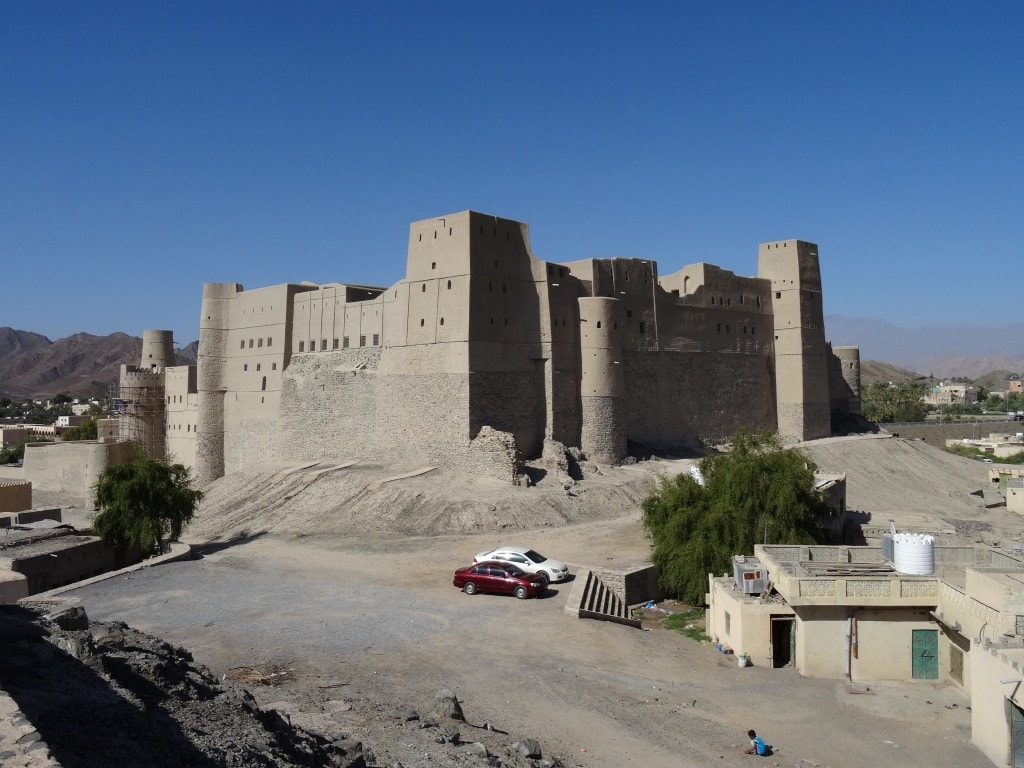
Bee Hive Tombs of Bat
The Beehive tombs of Oman are divided over three locations. One close to al-Ayn which I didn’t visit but resembles the one of Batt (at N23.213997, E56.965333). The third is located in Hili (N23.267862, E56.743664) and has different structures. All of these tombs date back to the 2nd and 3rd century B.C. An interesting fact is that at the sites of Batt and al-Ayn human remains were never found. Are these structures actually tombs? At the moment scientists don’t have any other explanation. The tombs at Batt are lined on a hill and can easily be visited. They are built from flat pieces of stone and the shape resembles beehives. The Hili compound is fenced off but just next to the power station is a gab in the fence. Enter at own risk. I walked around the site quickly for 15 minutes as I didn’t know one needed to make an appointment to visit. The structures here have a different shape as the other locations and look more like a dome. They are also much bigger and human remains were found here. There is also one tomb reconstructed which gives a good impression on how they must have looked liked. One thing we know is that these prehistoric structures are of great importance and that’s why they are declared a UNESCO World Heritage Site. My family and I were impressed by the structure.
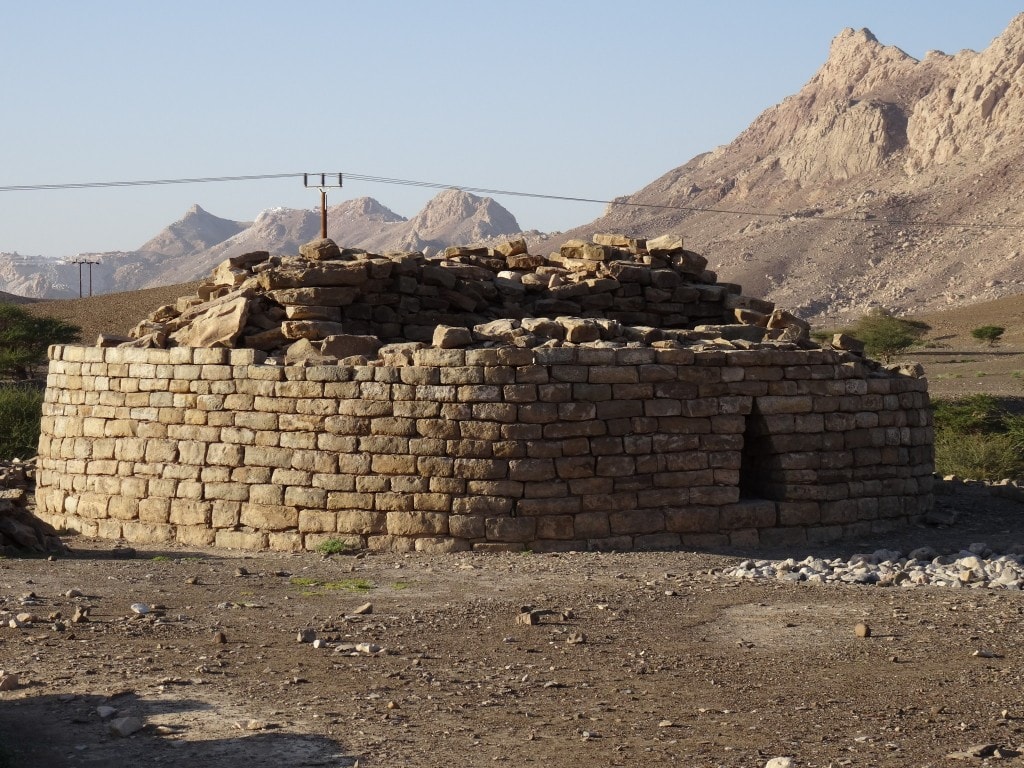
It was a long last day of the Oman road trip and I must admit that it would have been better to stay overnight in Nizwa on day 8. In case this day trip is to long for you (6-7AM to 8-9PM) I suggest skipping the site at Hili. The trip is then easily done in a day from Muscat. I don’t regret going and would do it again and hope to see the beehive tombs at al-Ayn another time. This 10 day road trip in Oman was a great experience. One of many I would have in the Middle East. I’m sure you will enjoy Oman too.
Stay tuned for more stories and subscribe to the newsletter or follow CTB on social media (Facebook, Twitter, Instagram including Instagram stories; on all social media you can find CTB @christravelblog) to get updated information.
Did you visit Nizwa and its surroundings too or do you have questions? Please leave a comment at the bottom of the page. Love to hear from you!
Gallery Nizwa & Batt
Click an image for a full screen gallery of more photos taken during this trip. If you like to use any photo for commercial, private or editorial use please contact first for permission and/or pricing.


